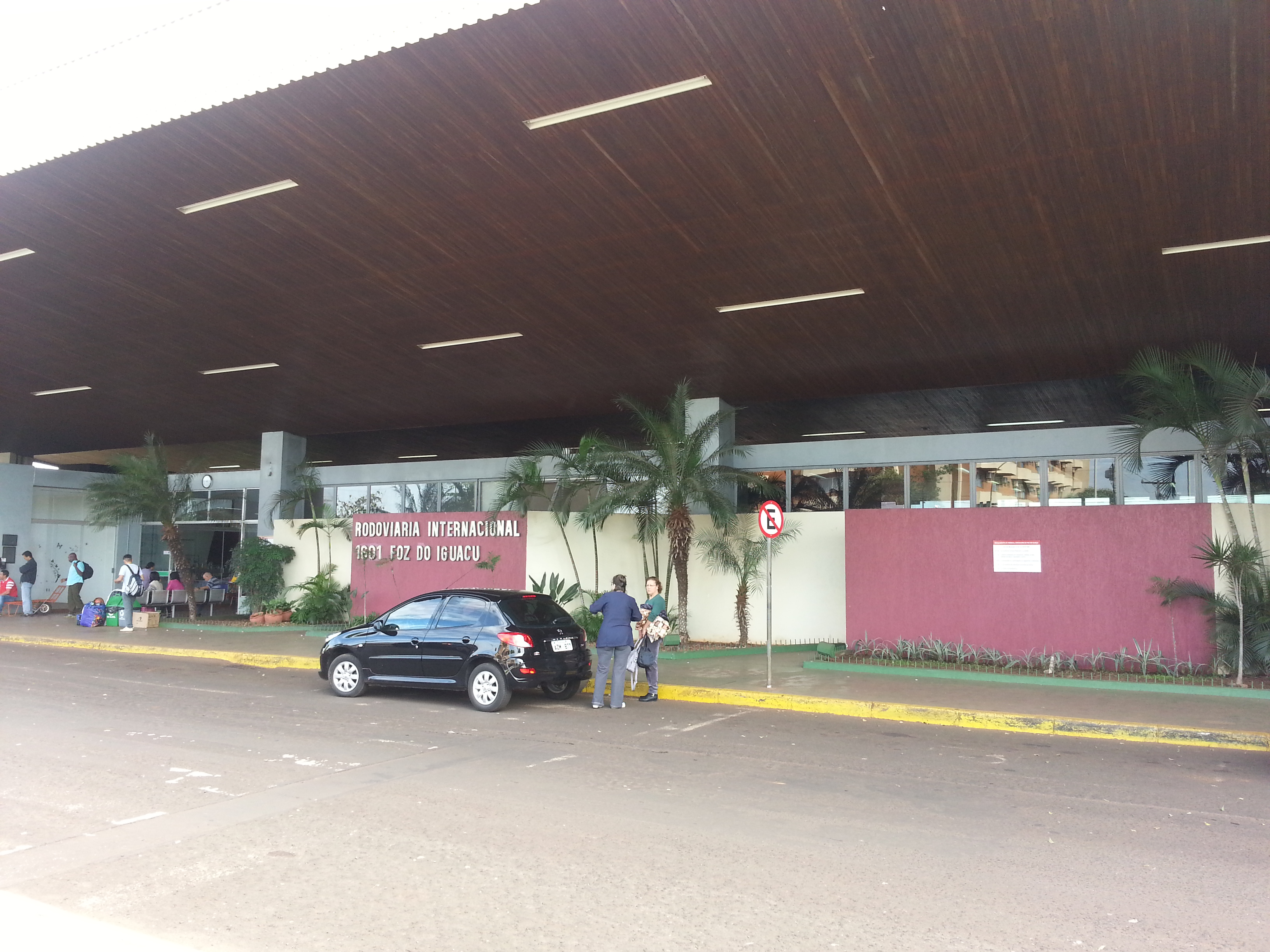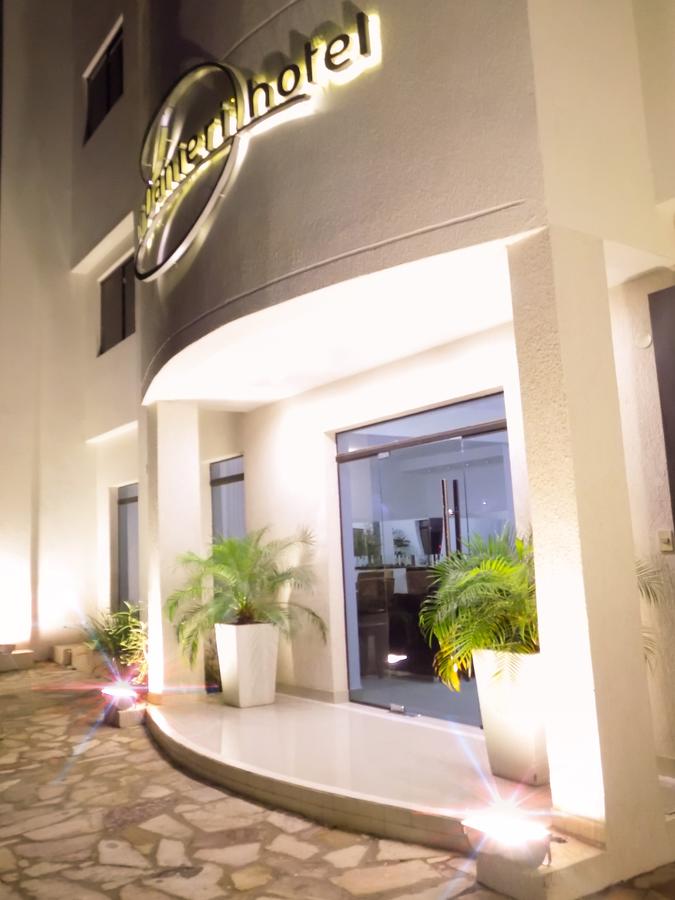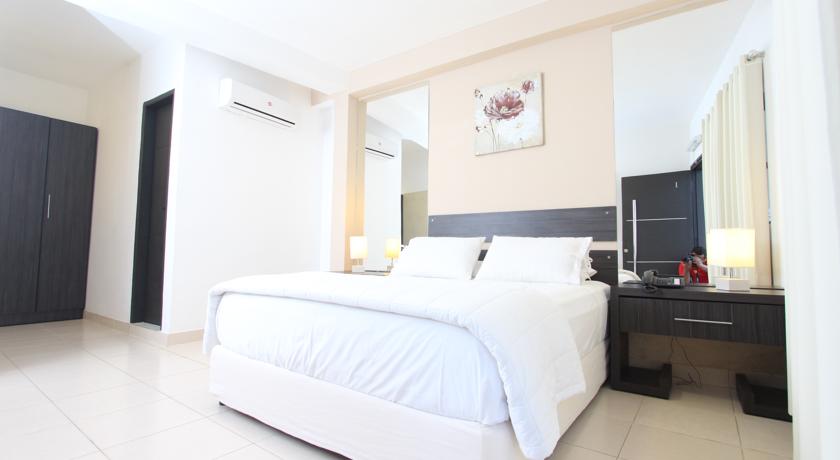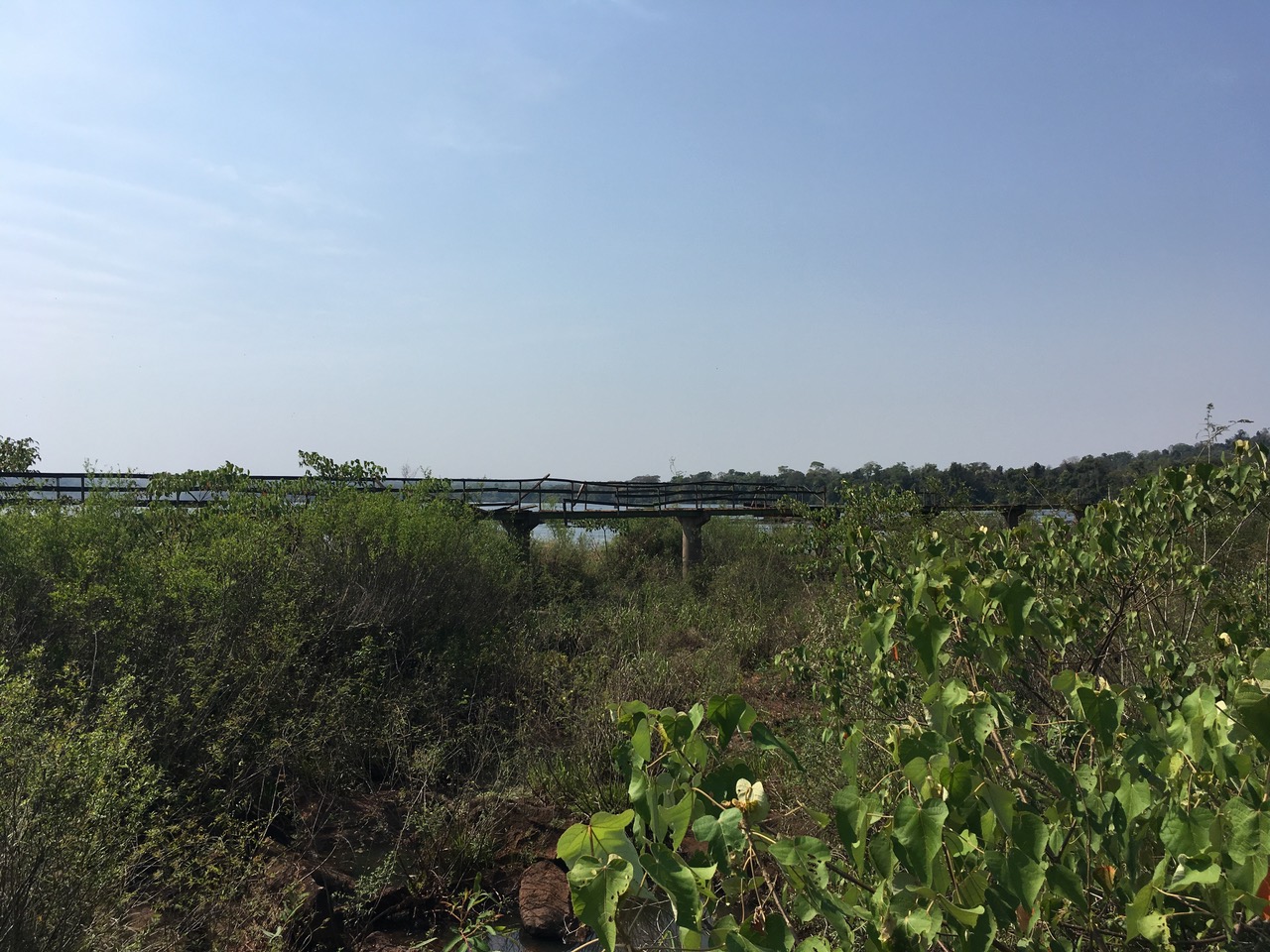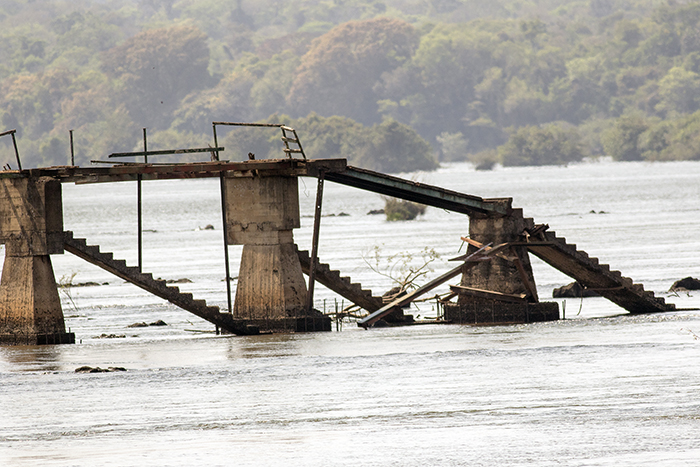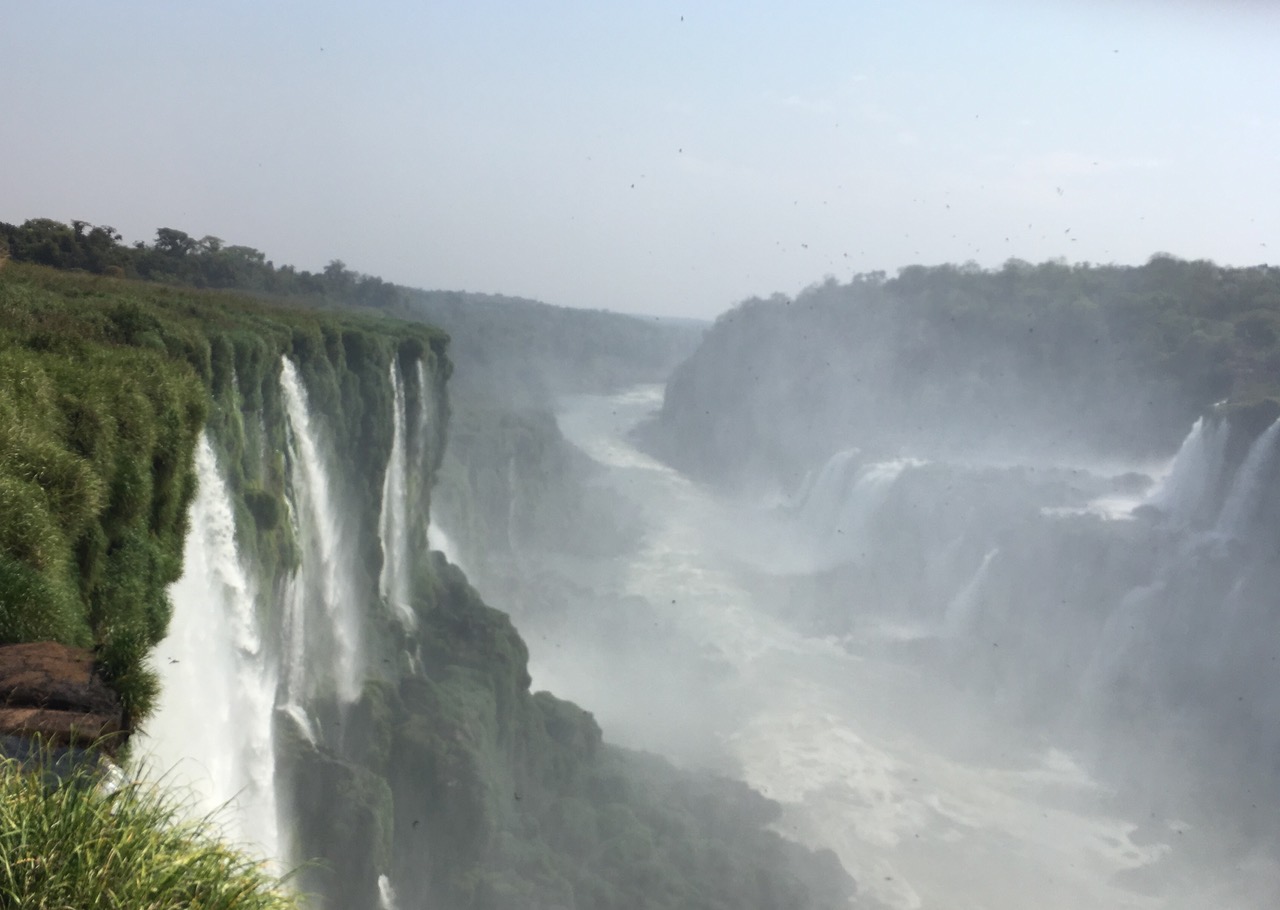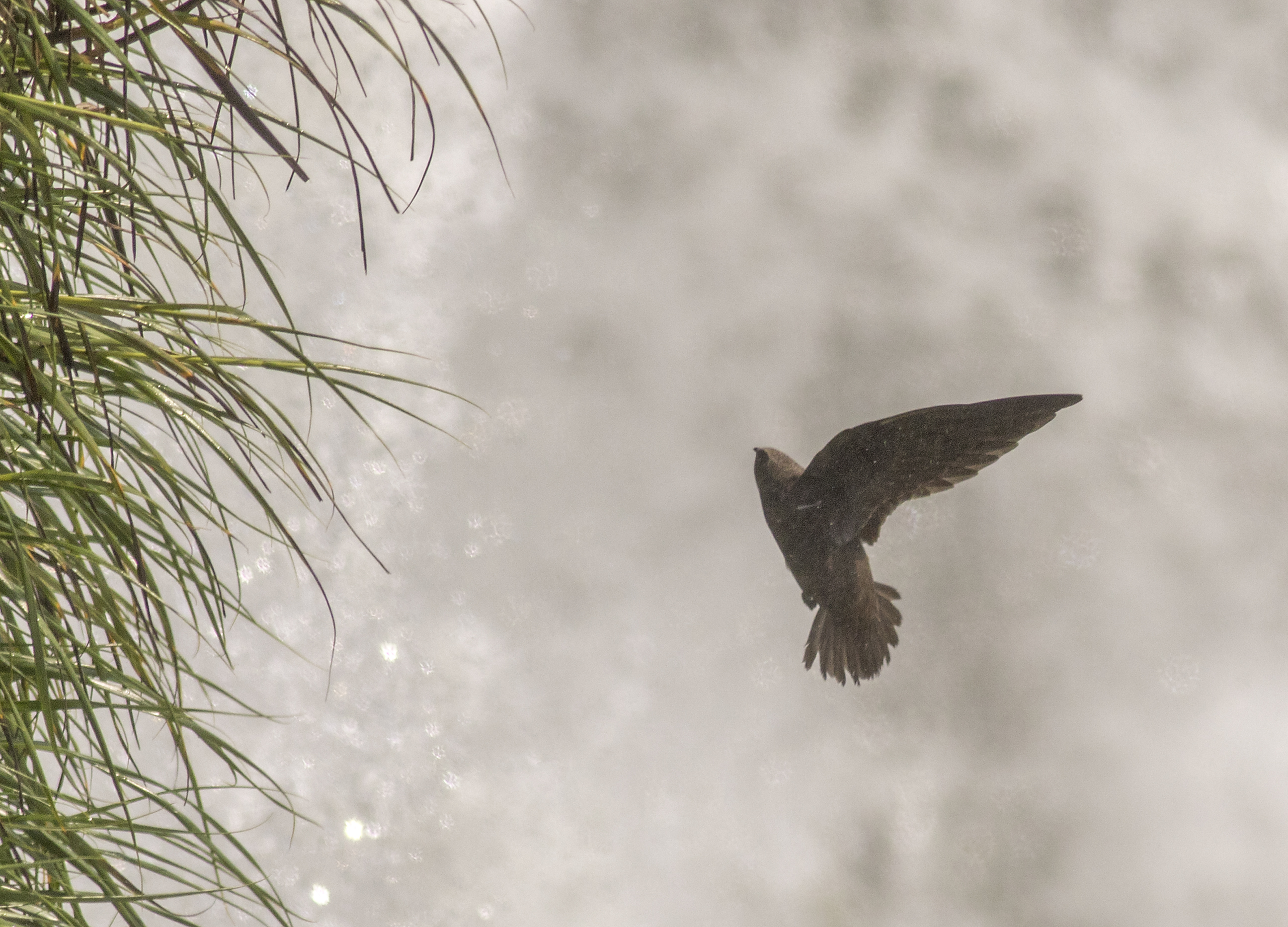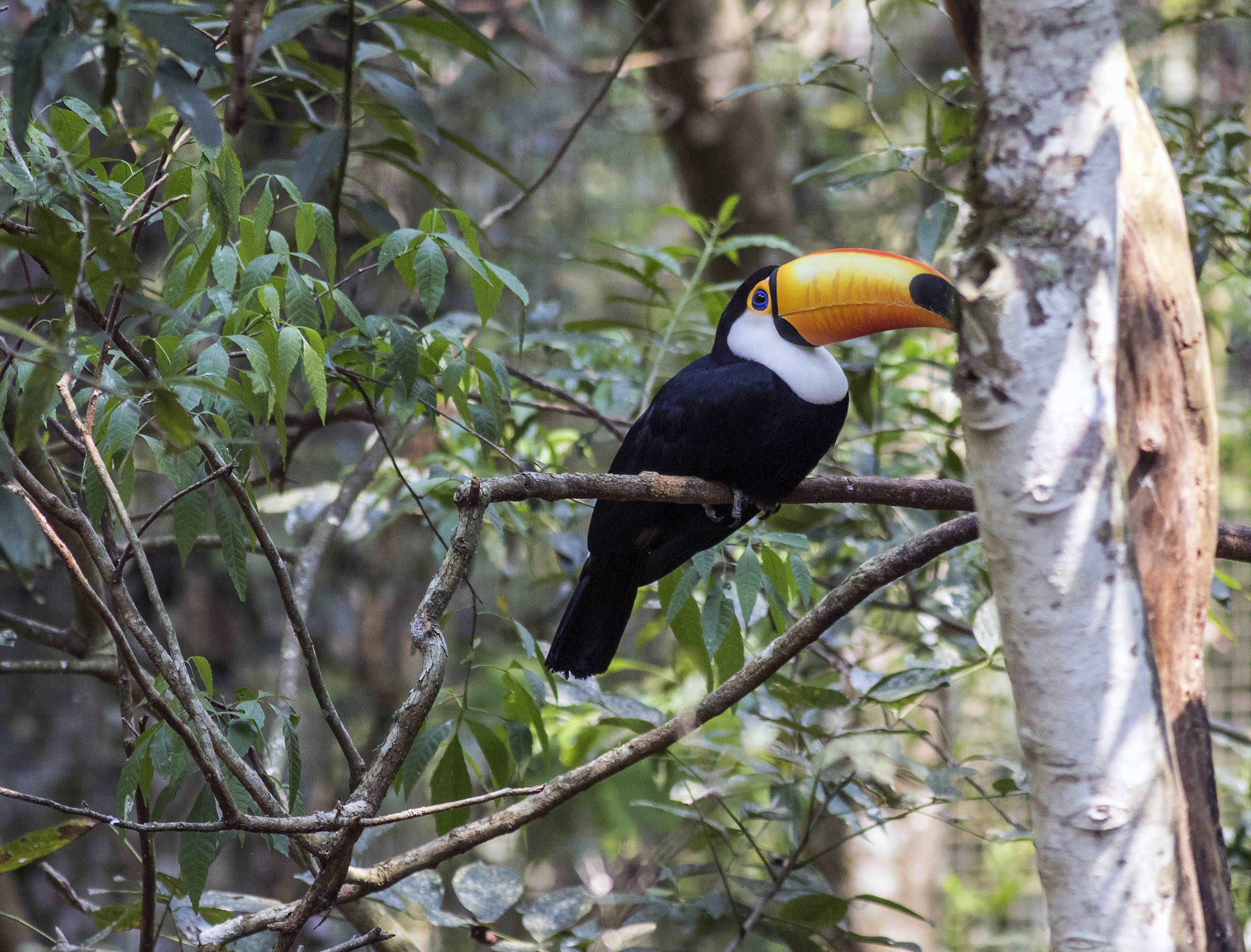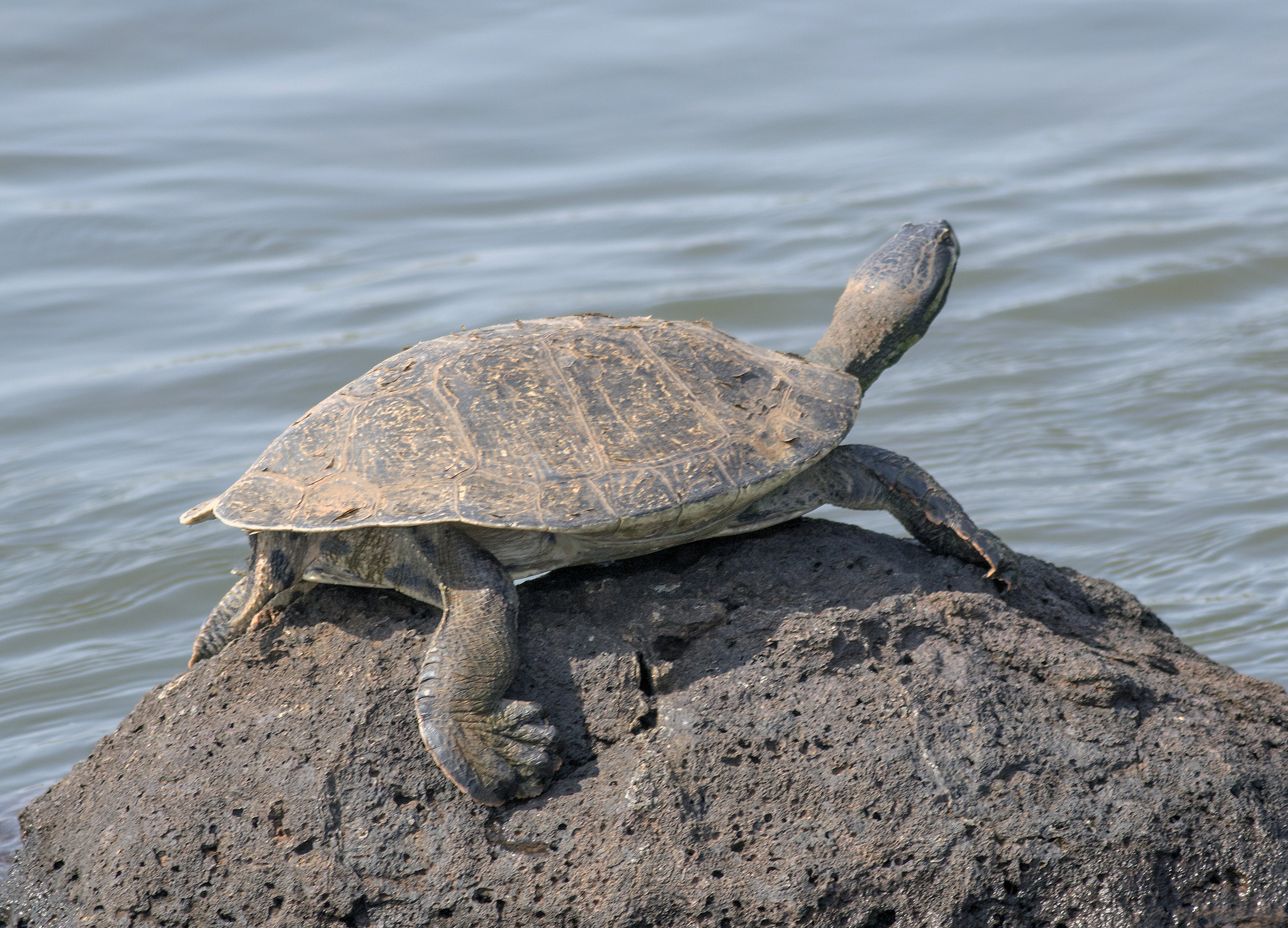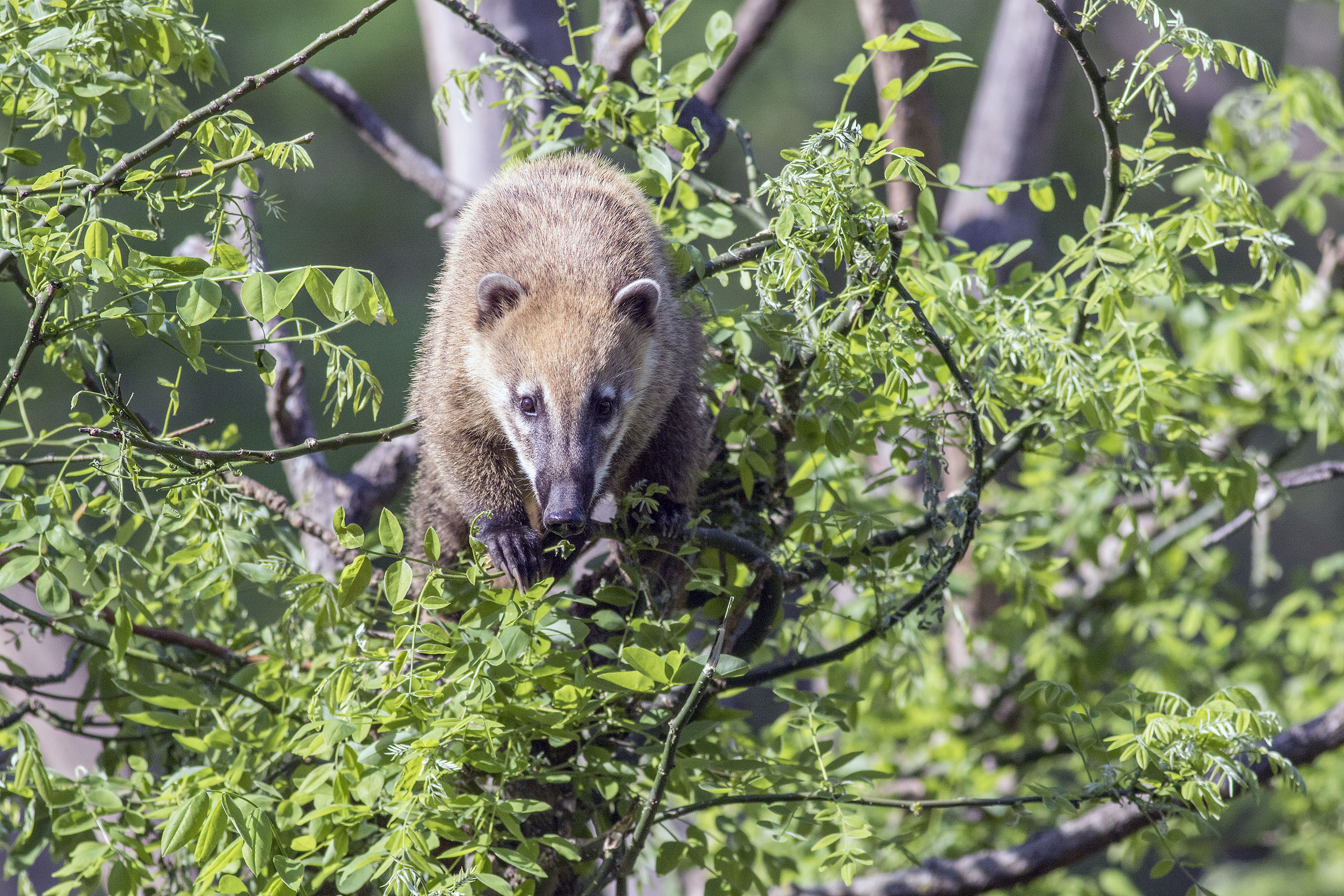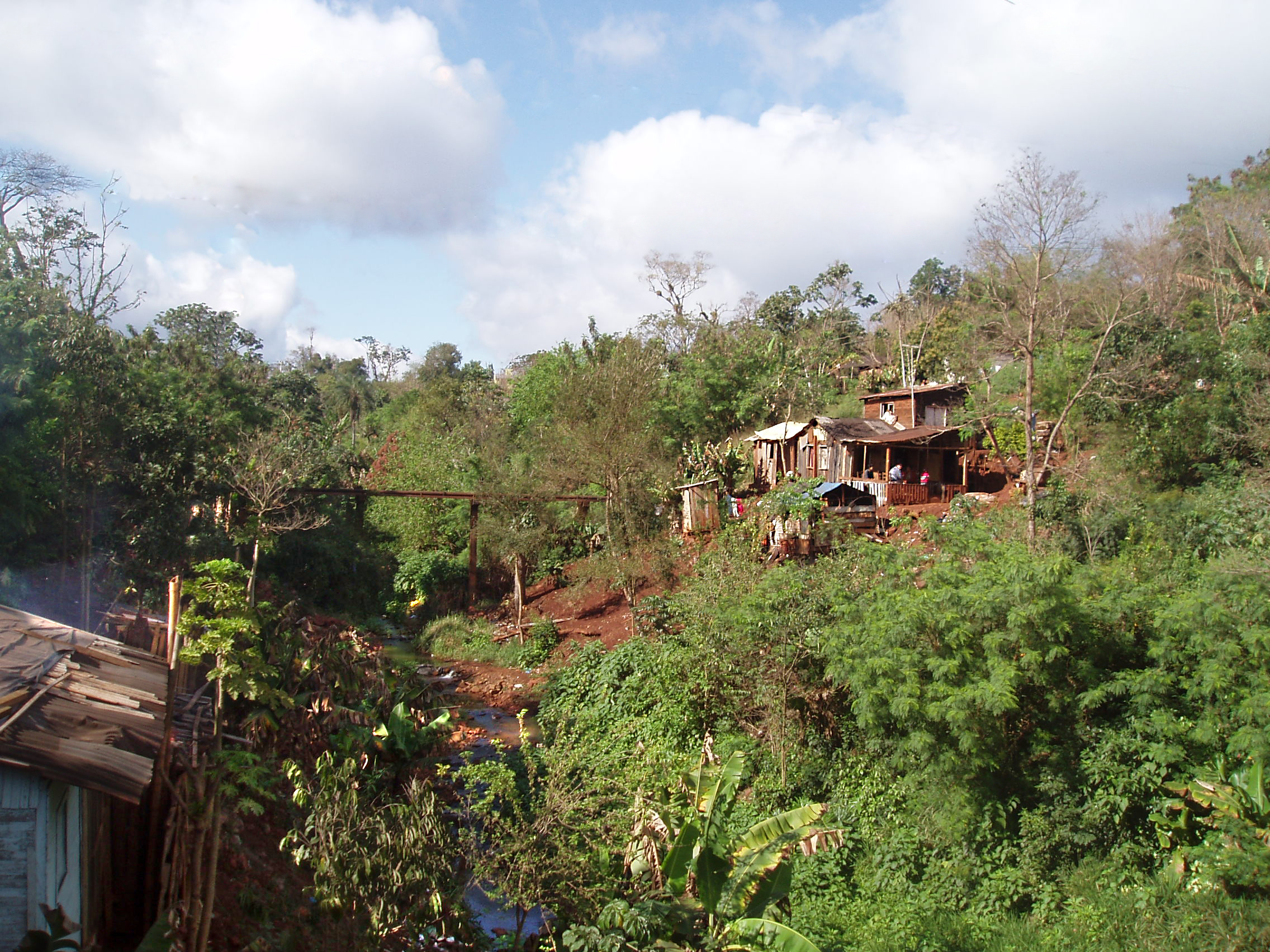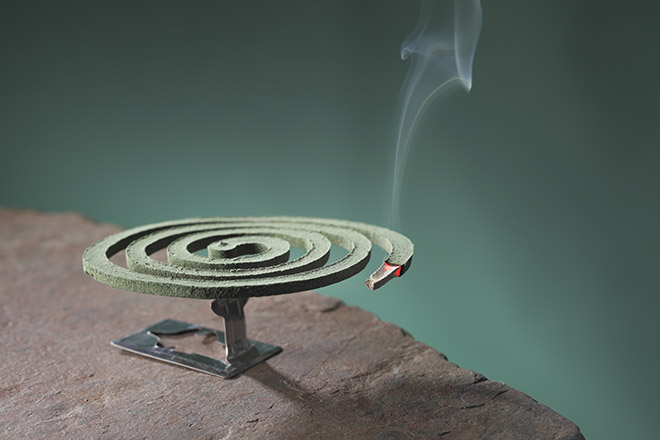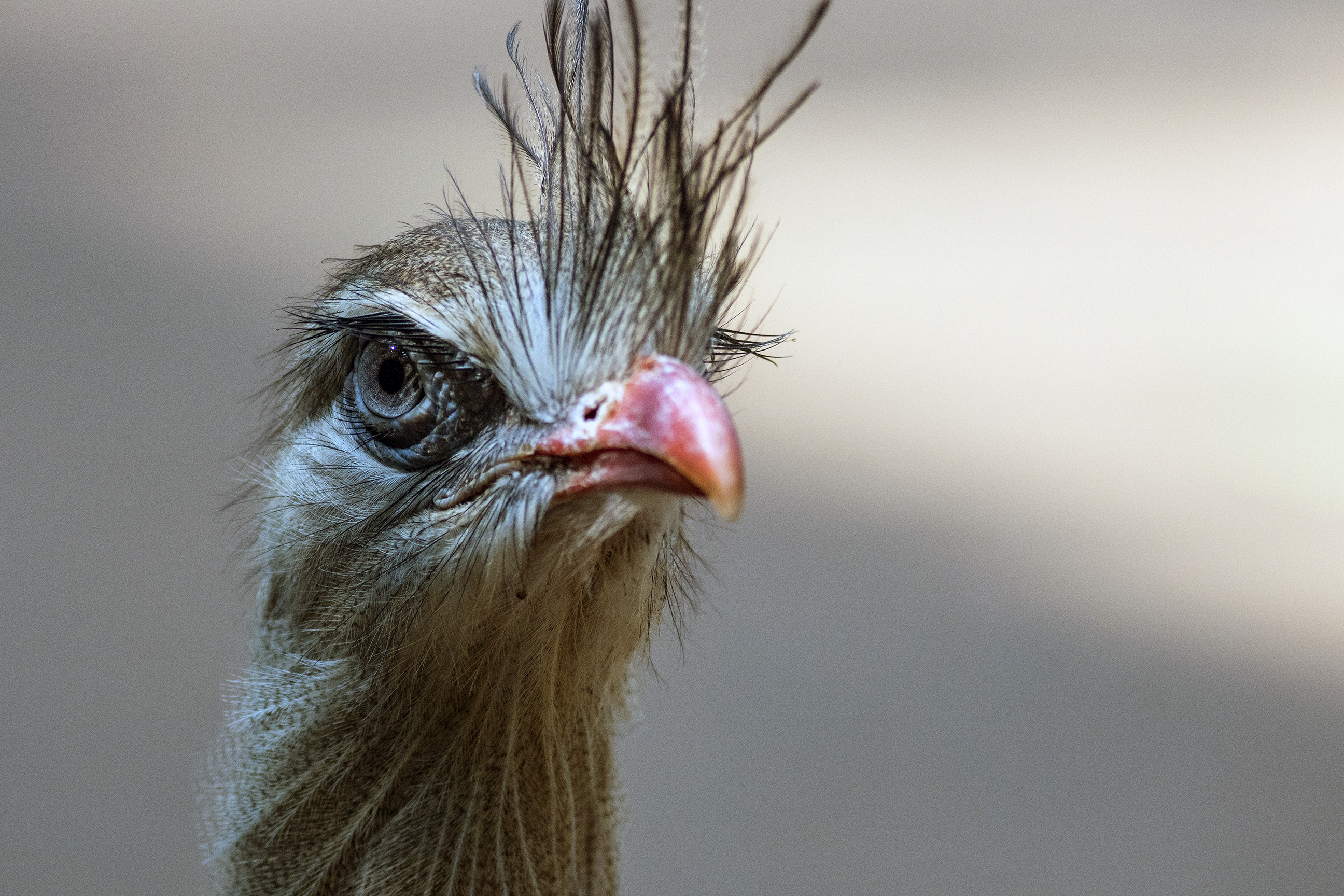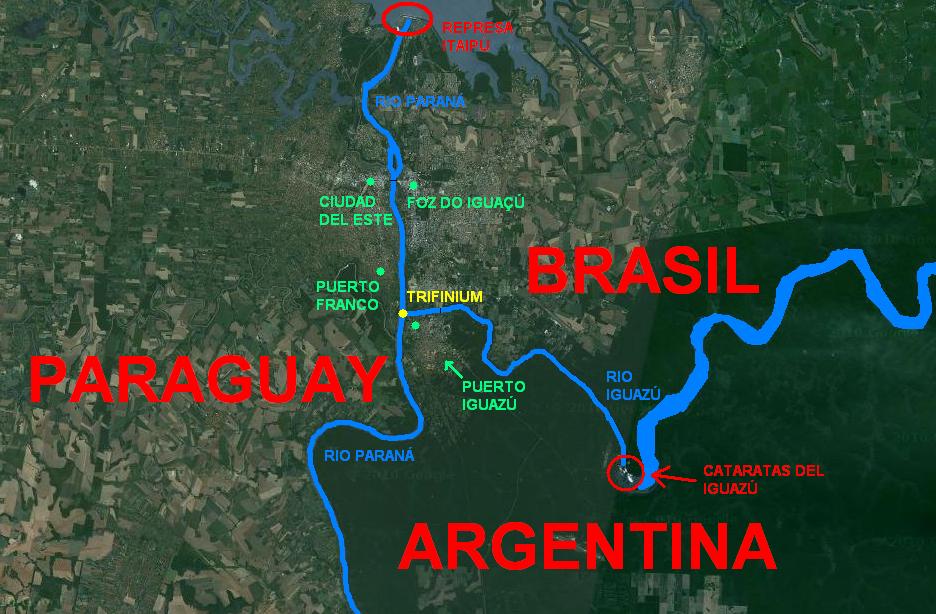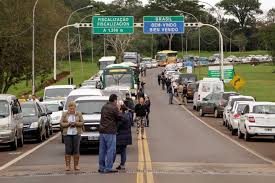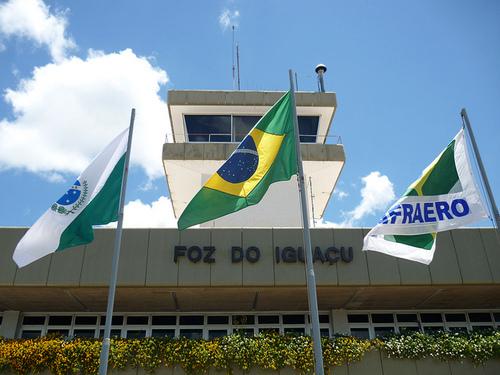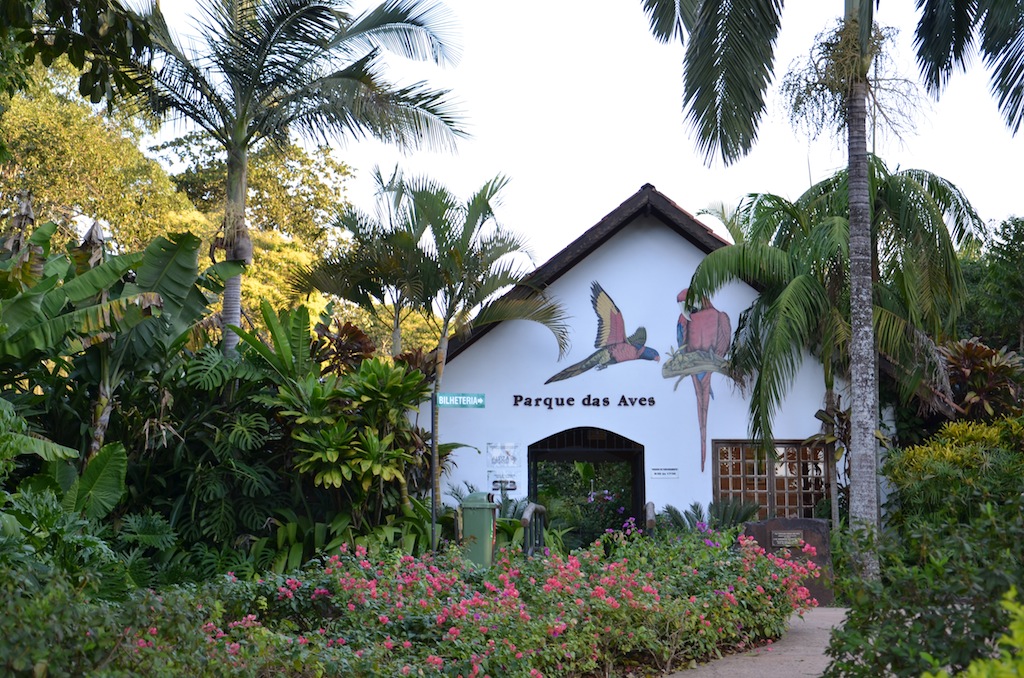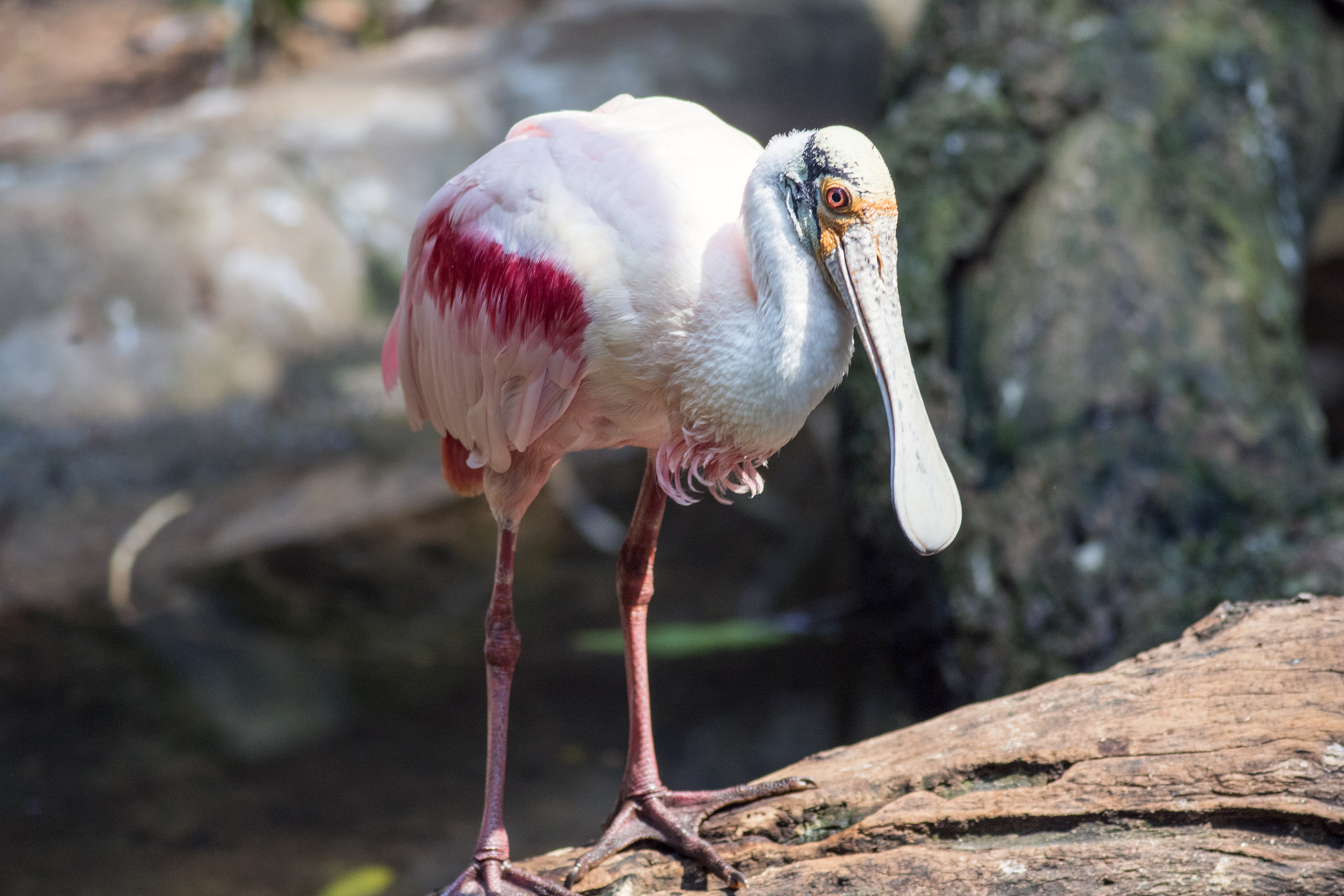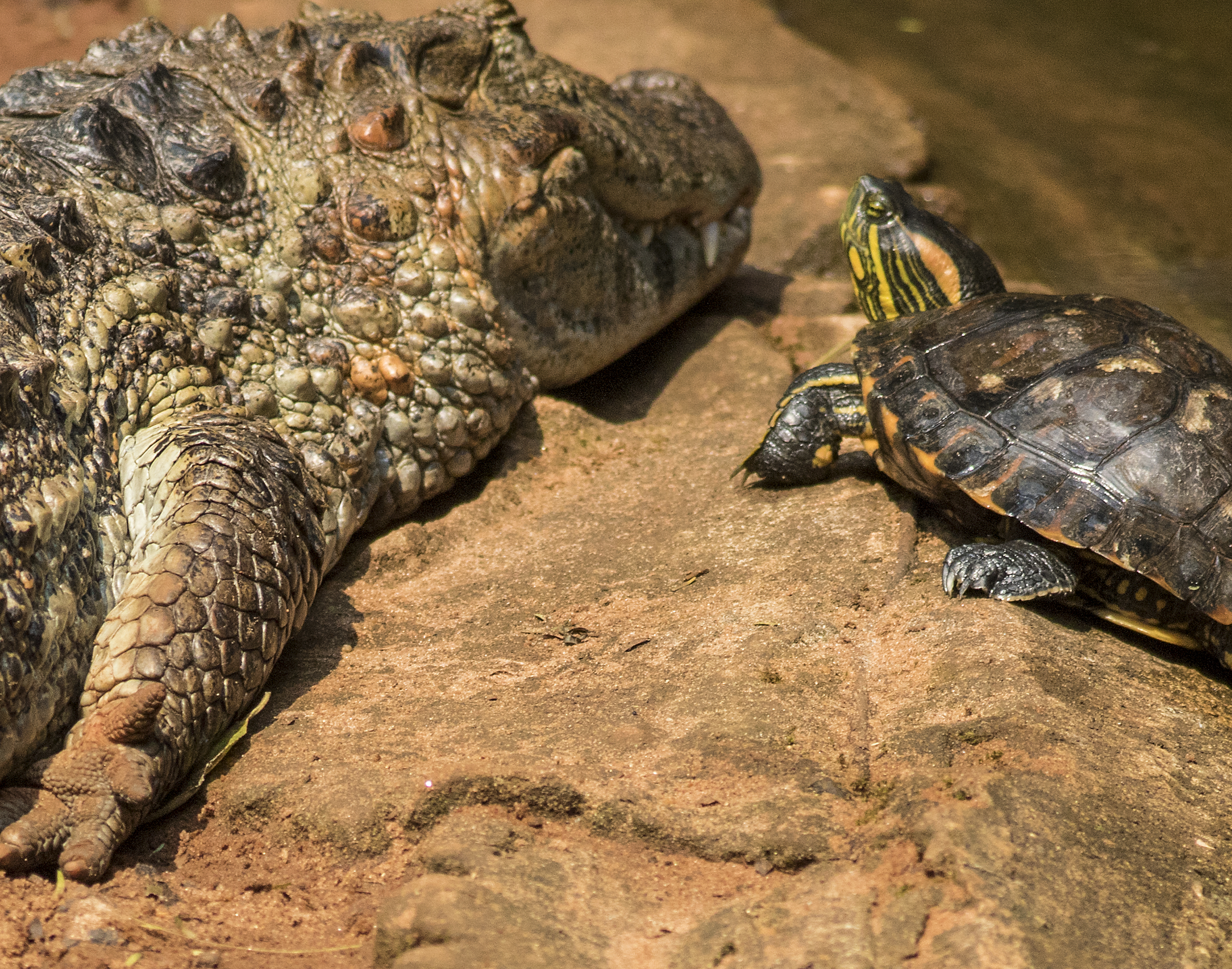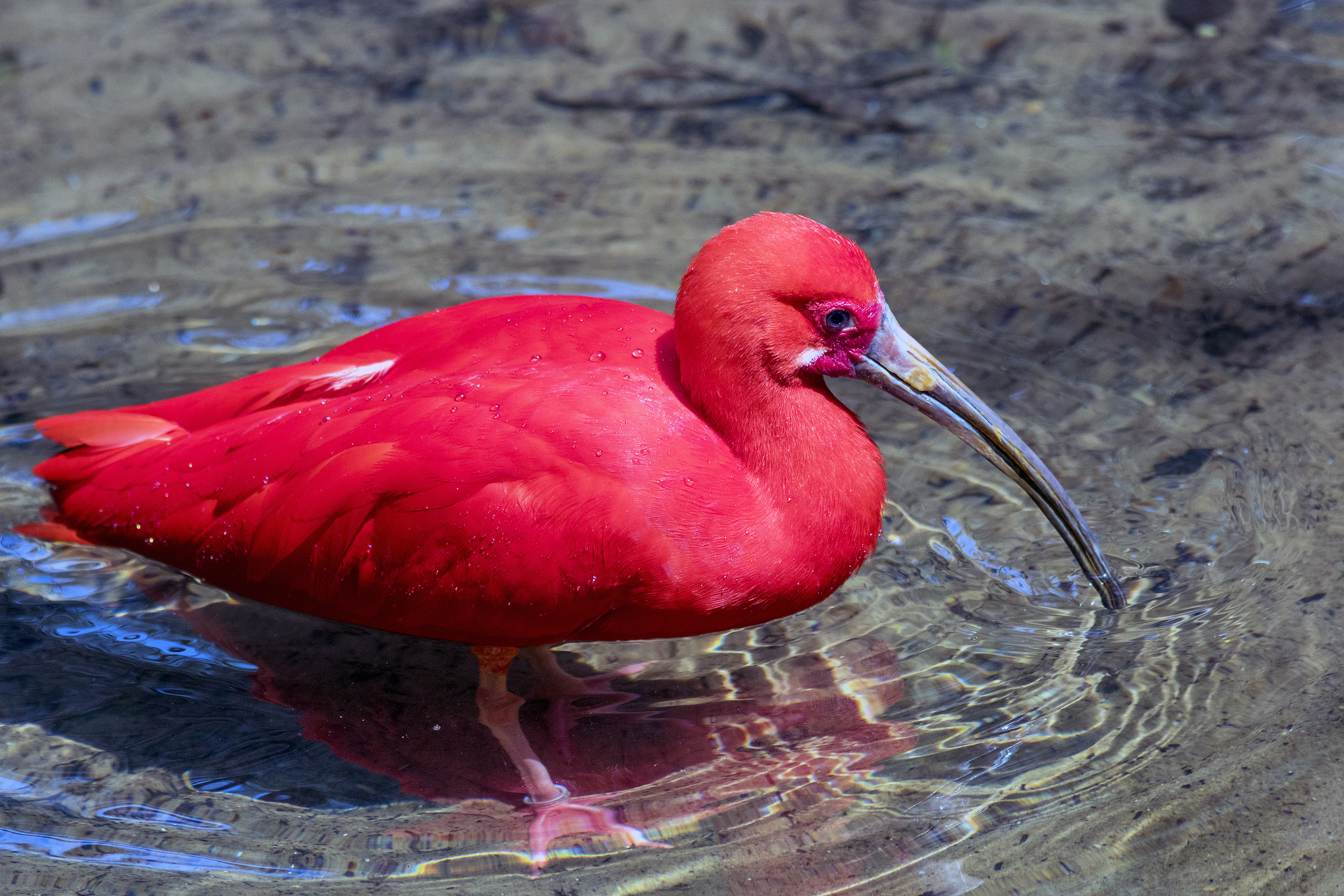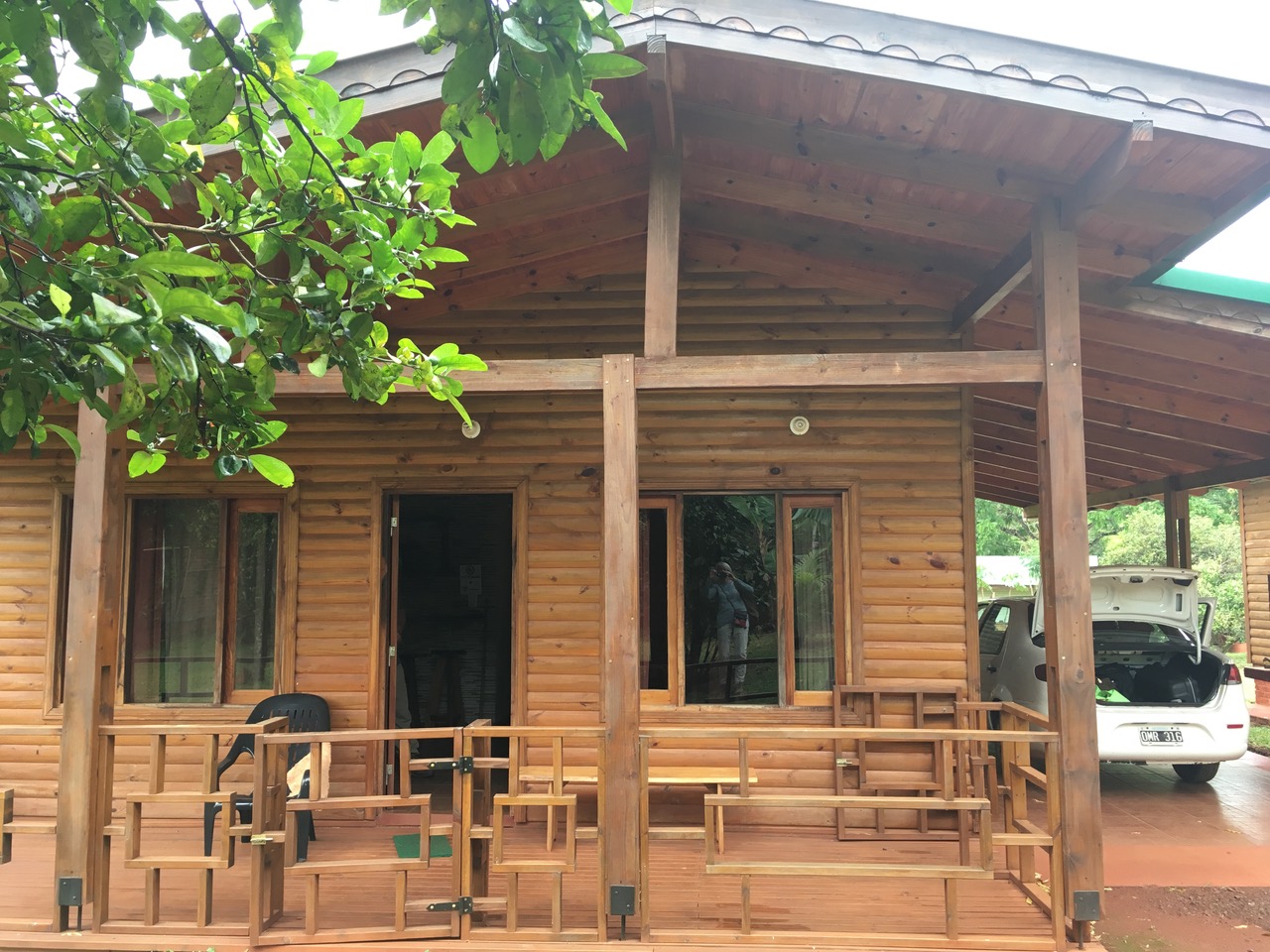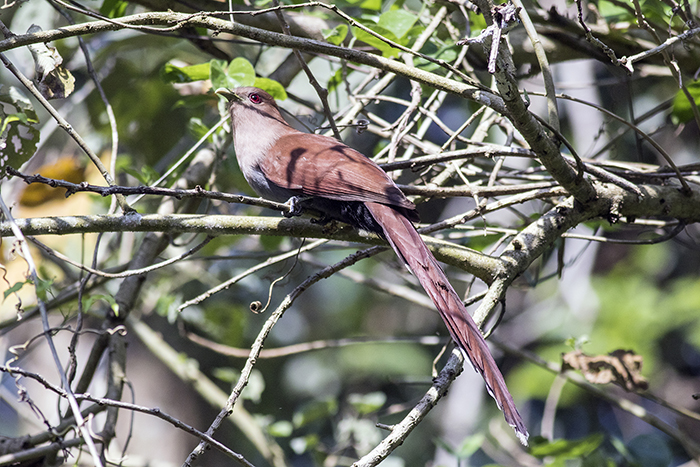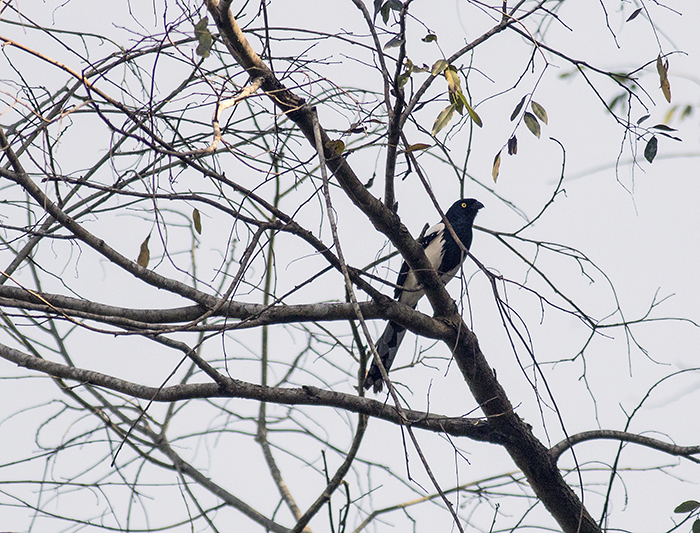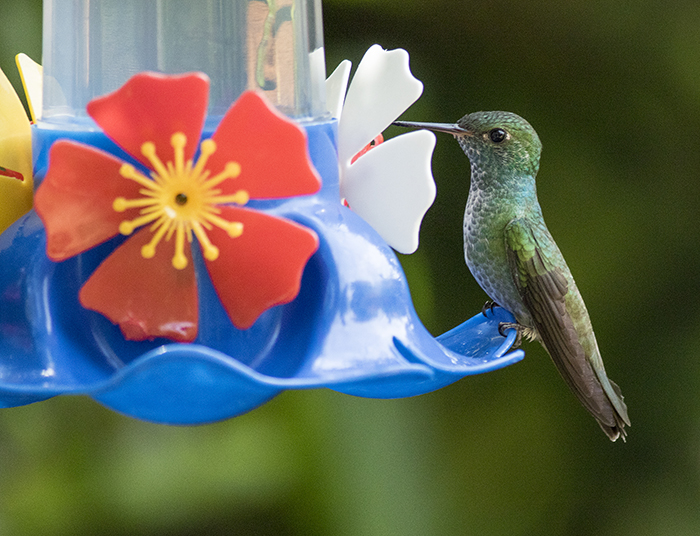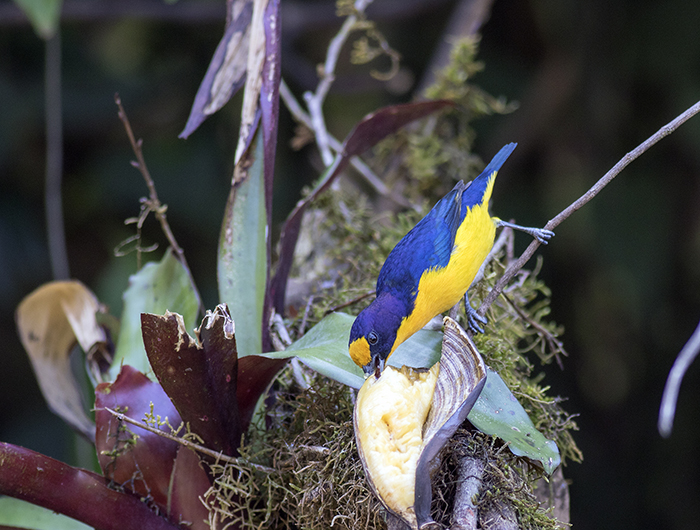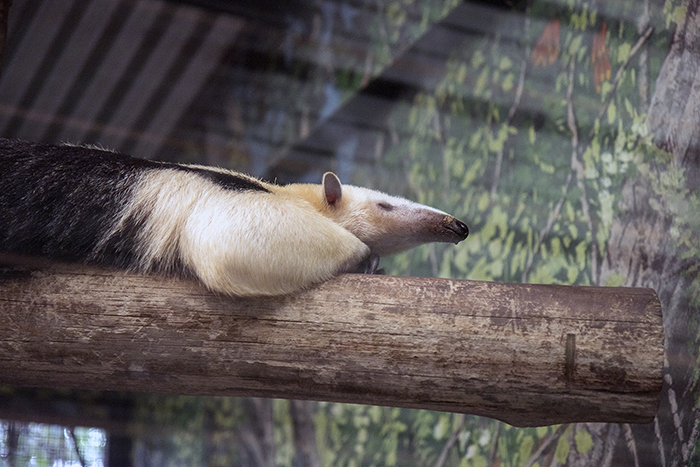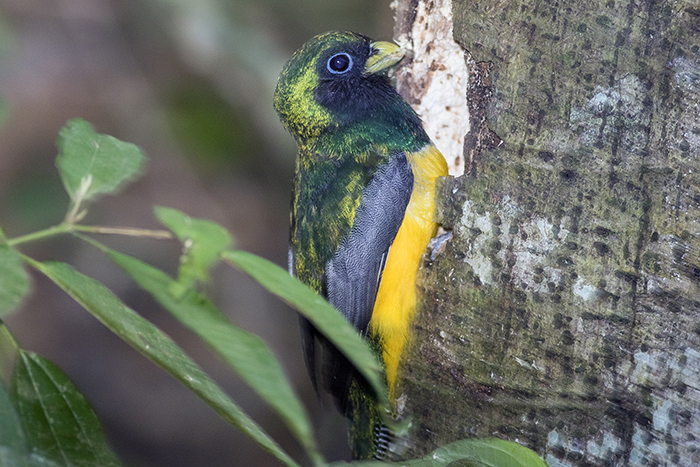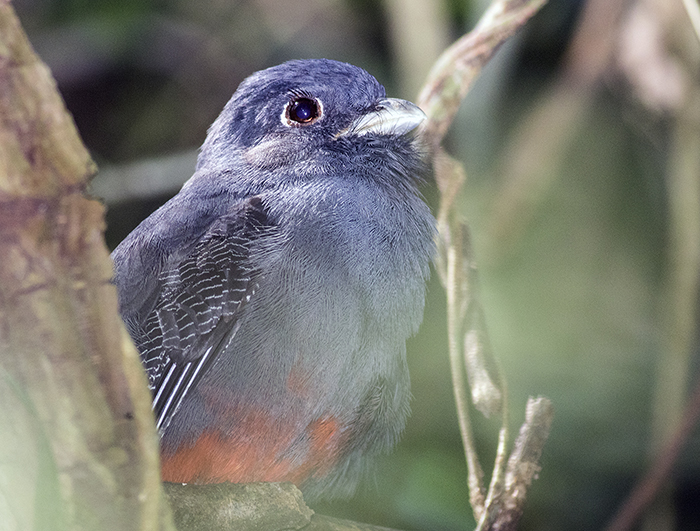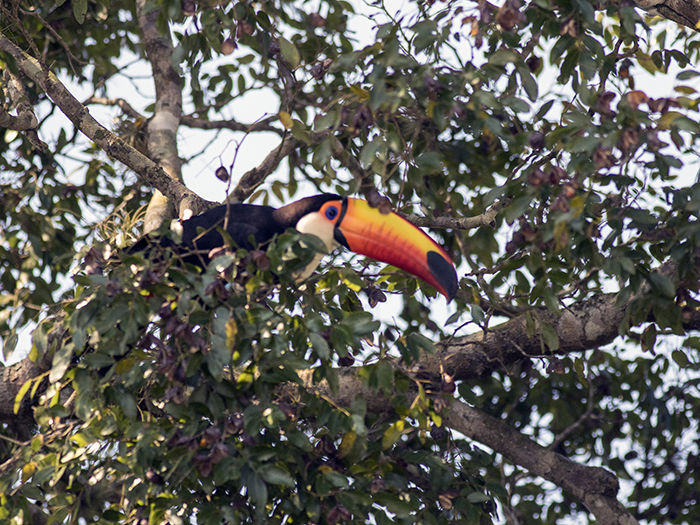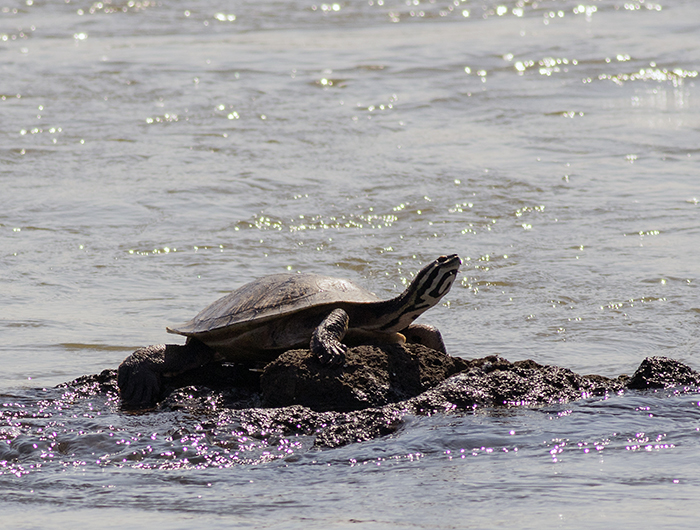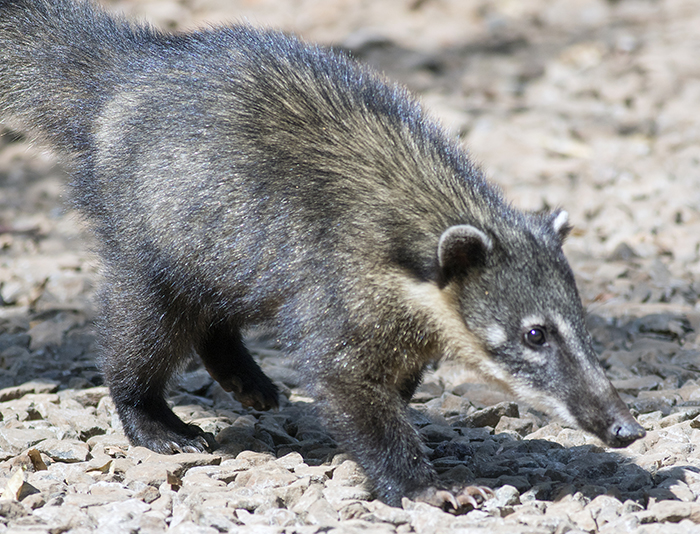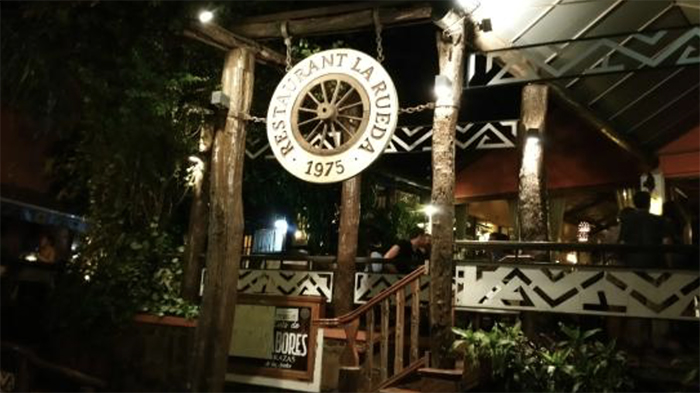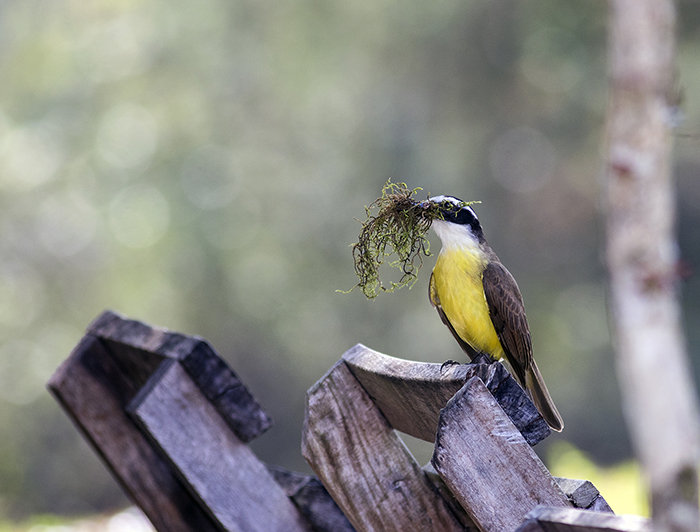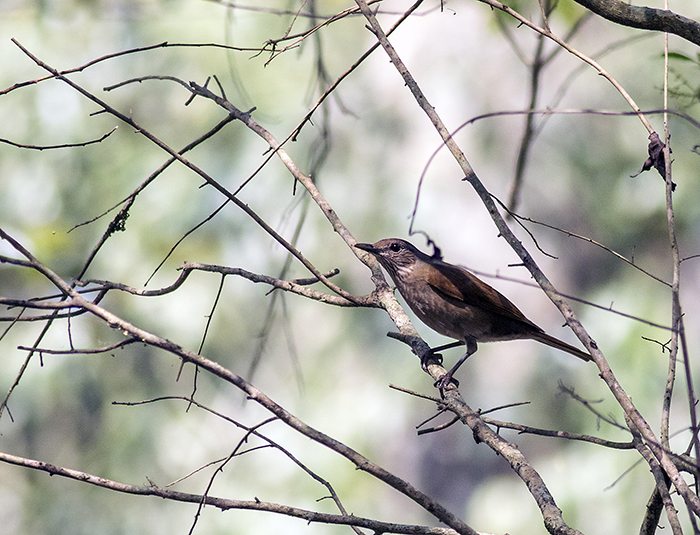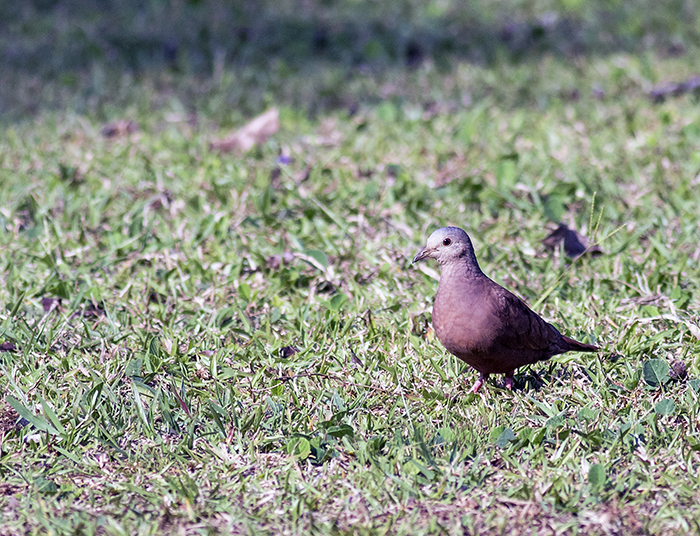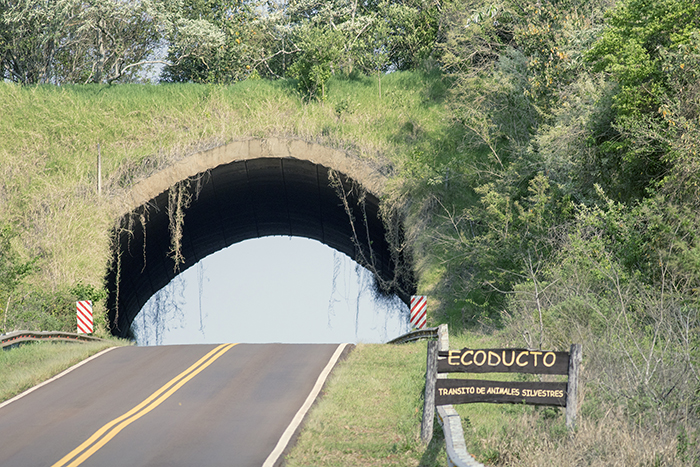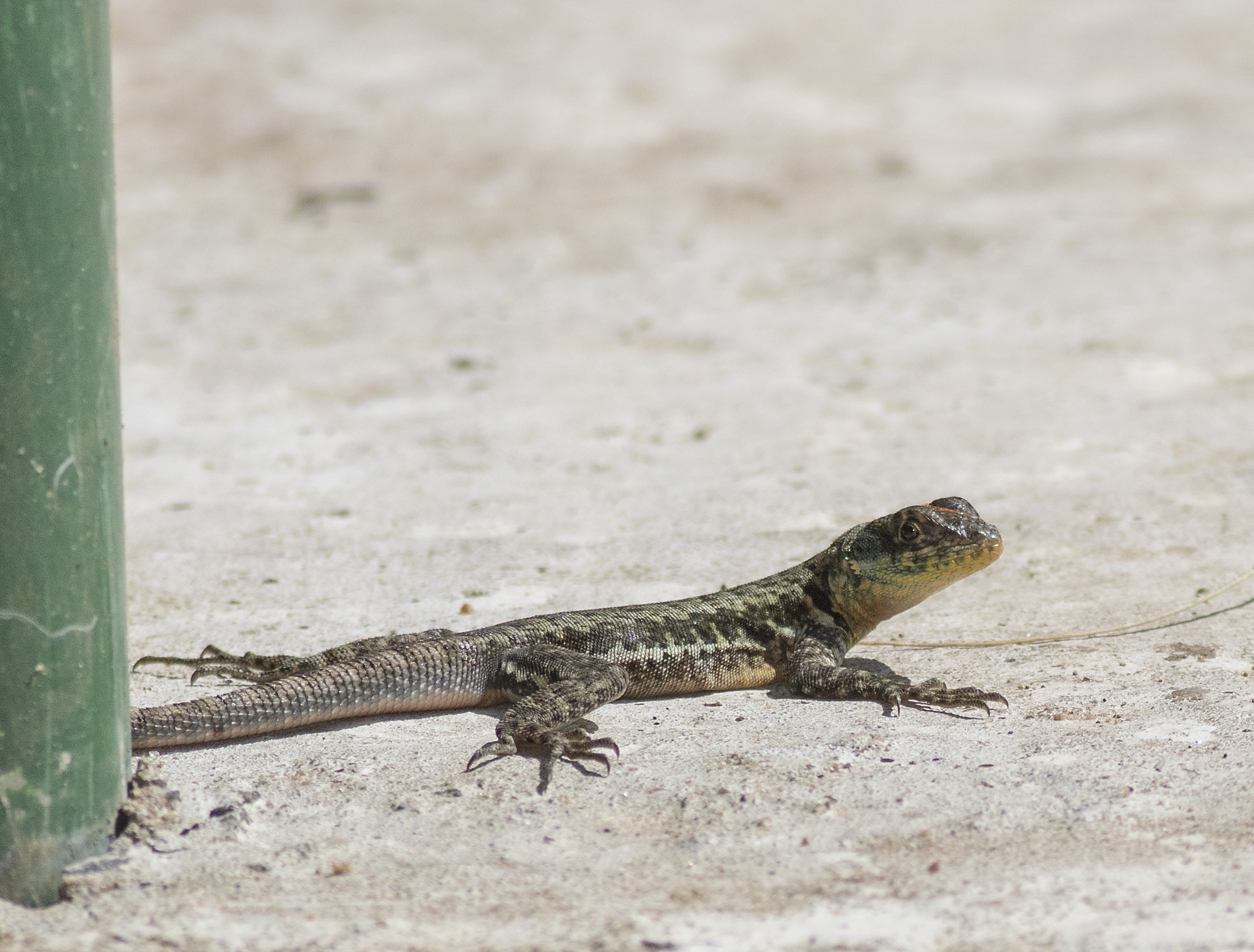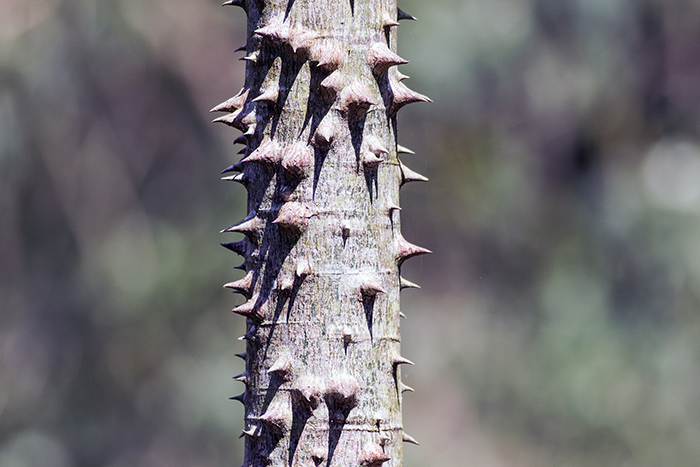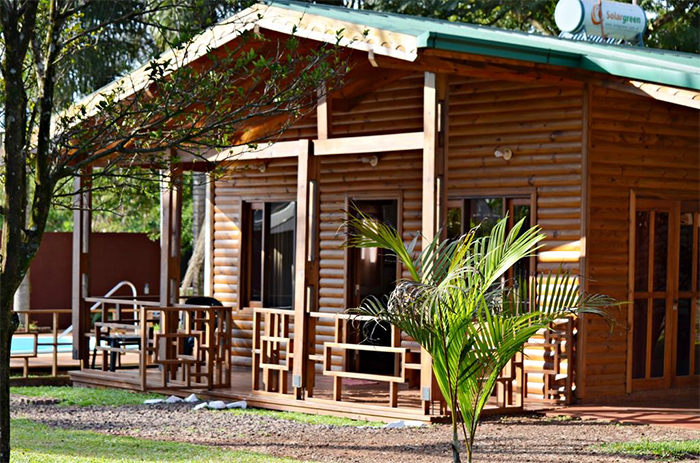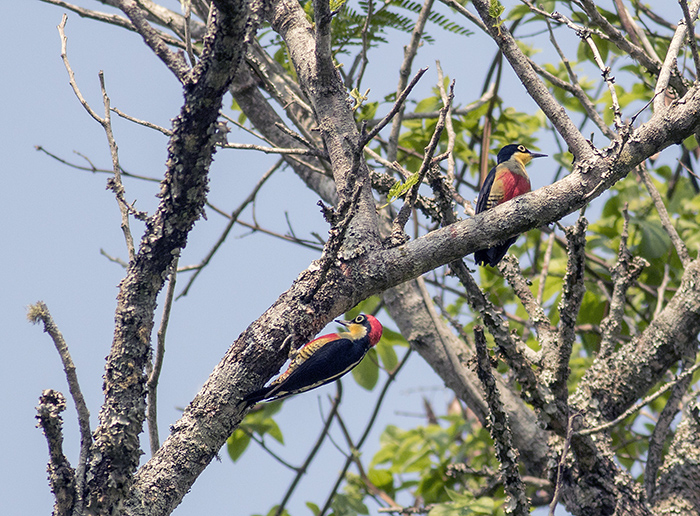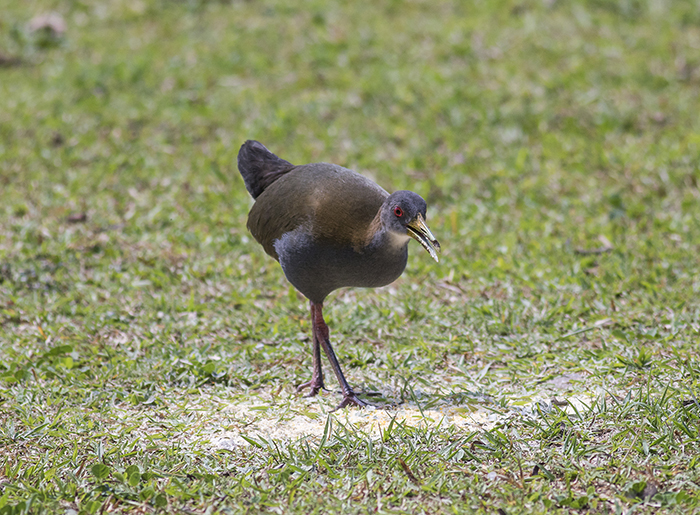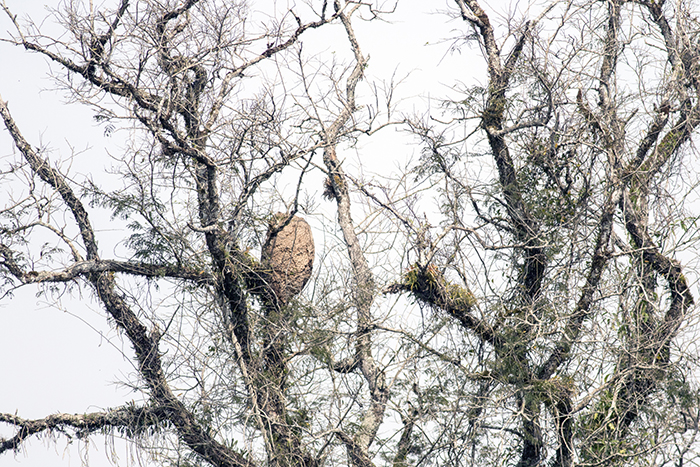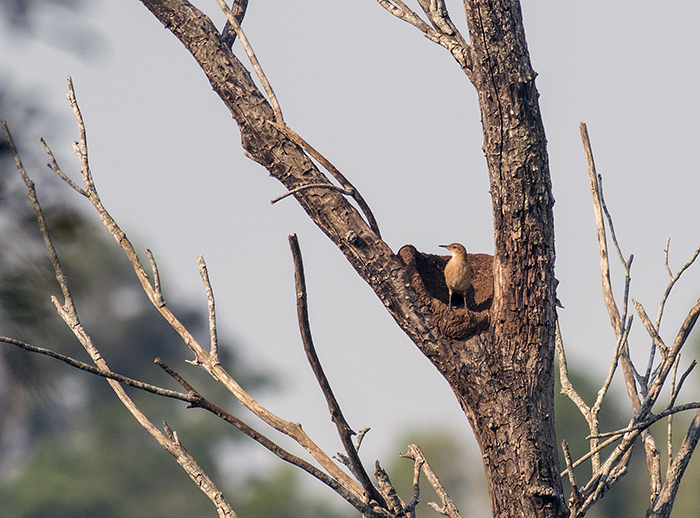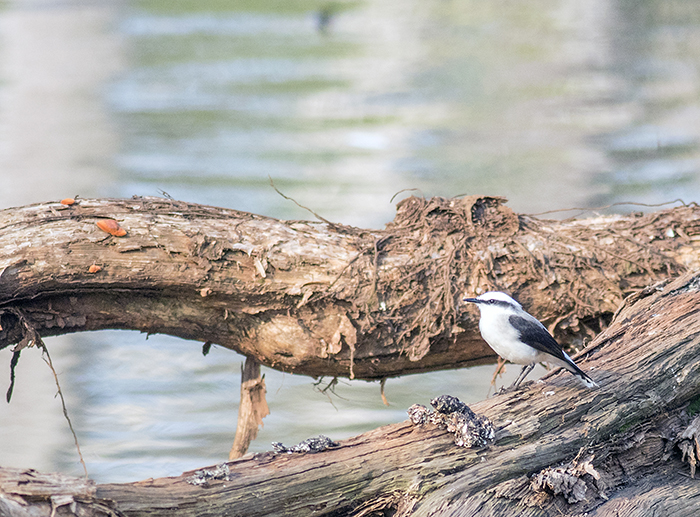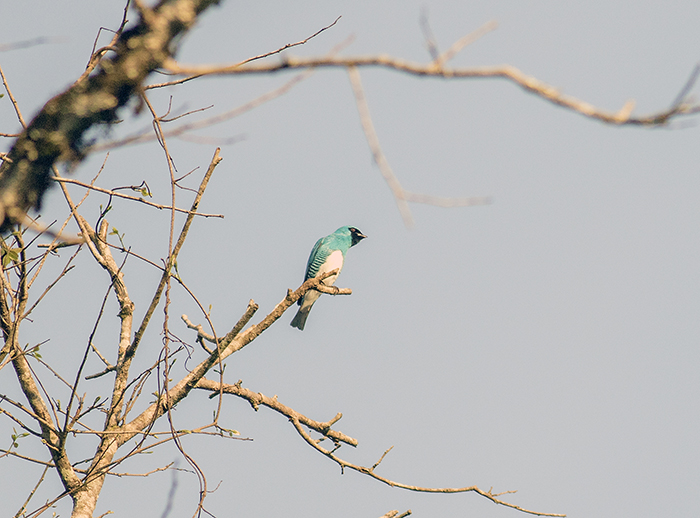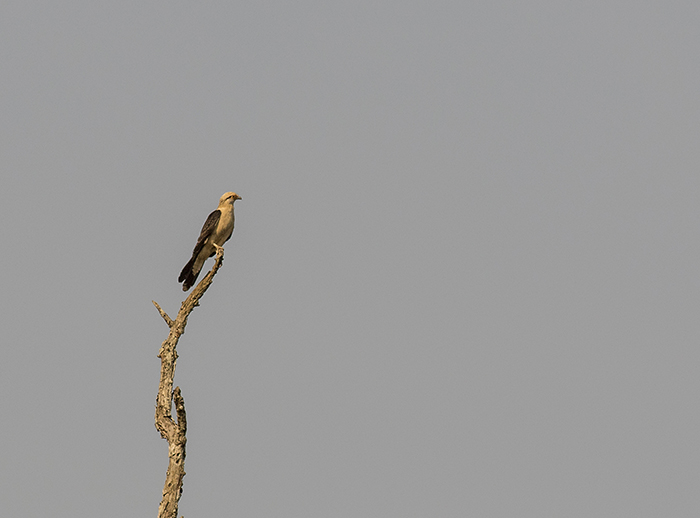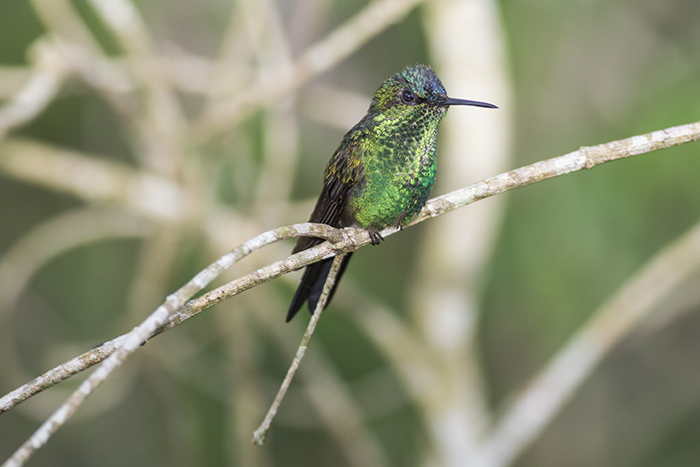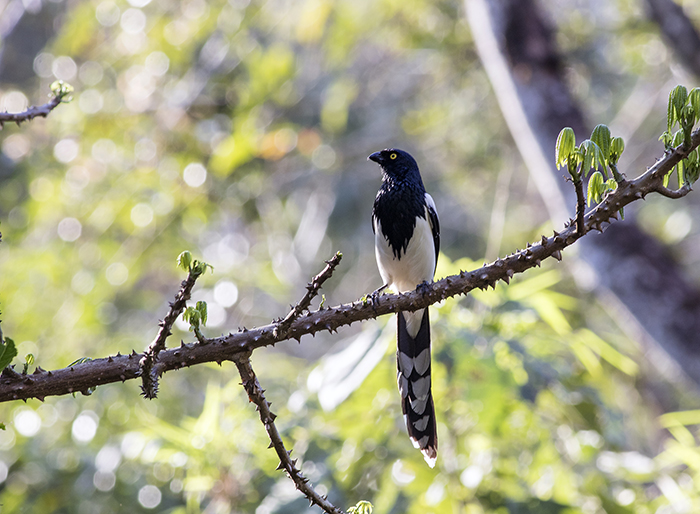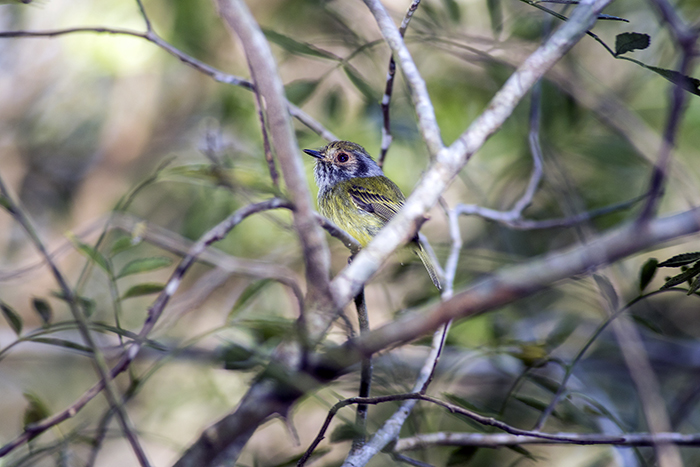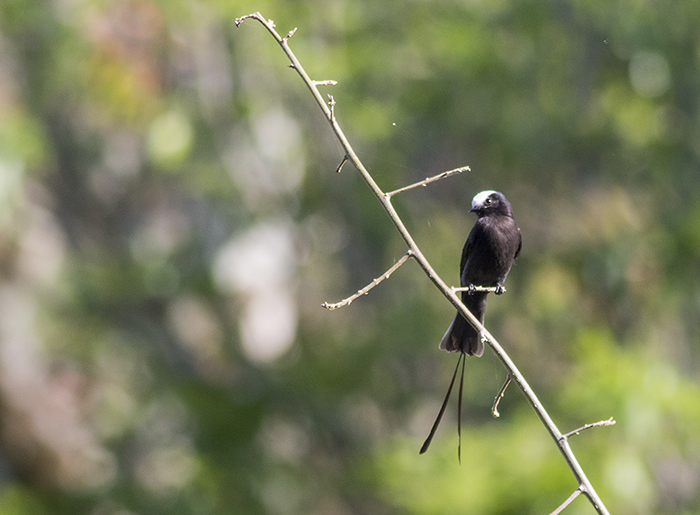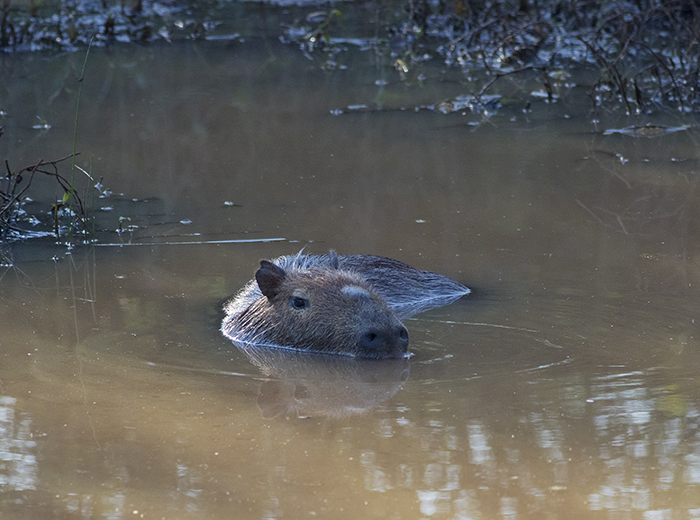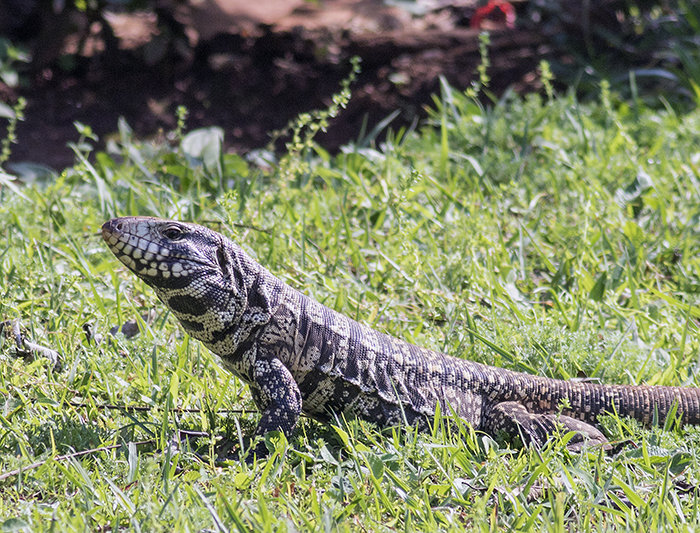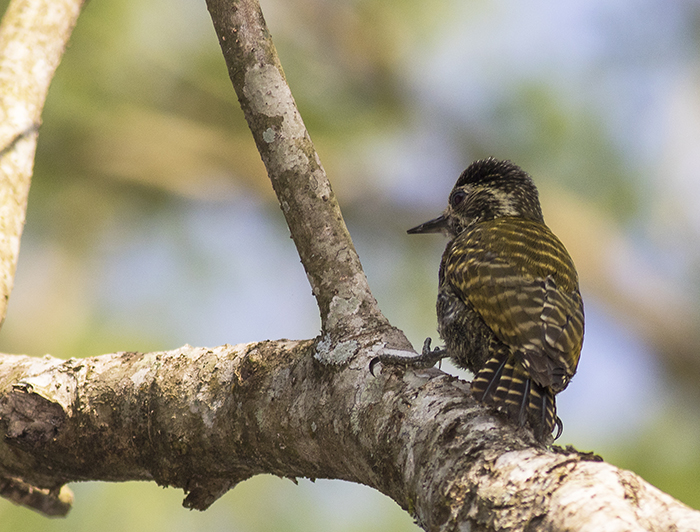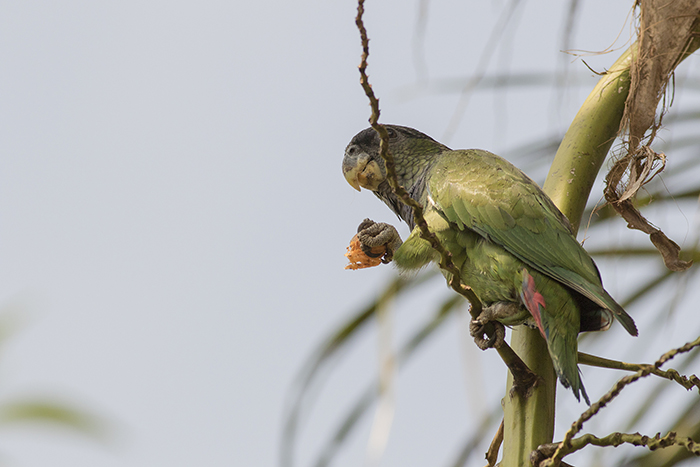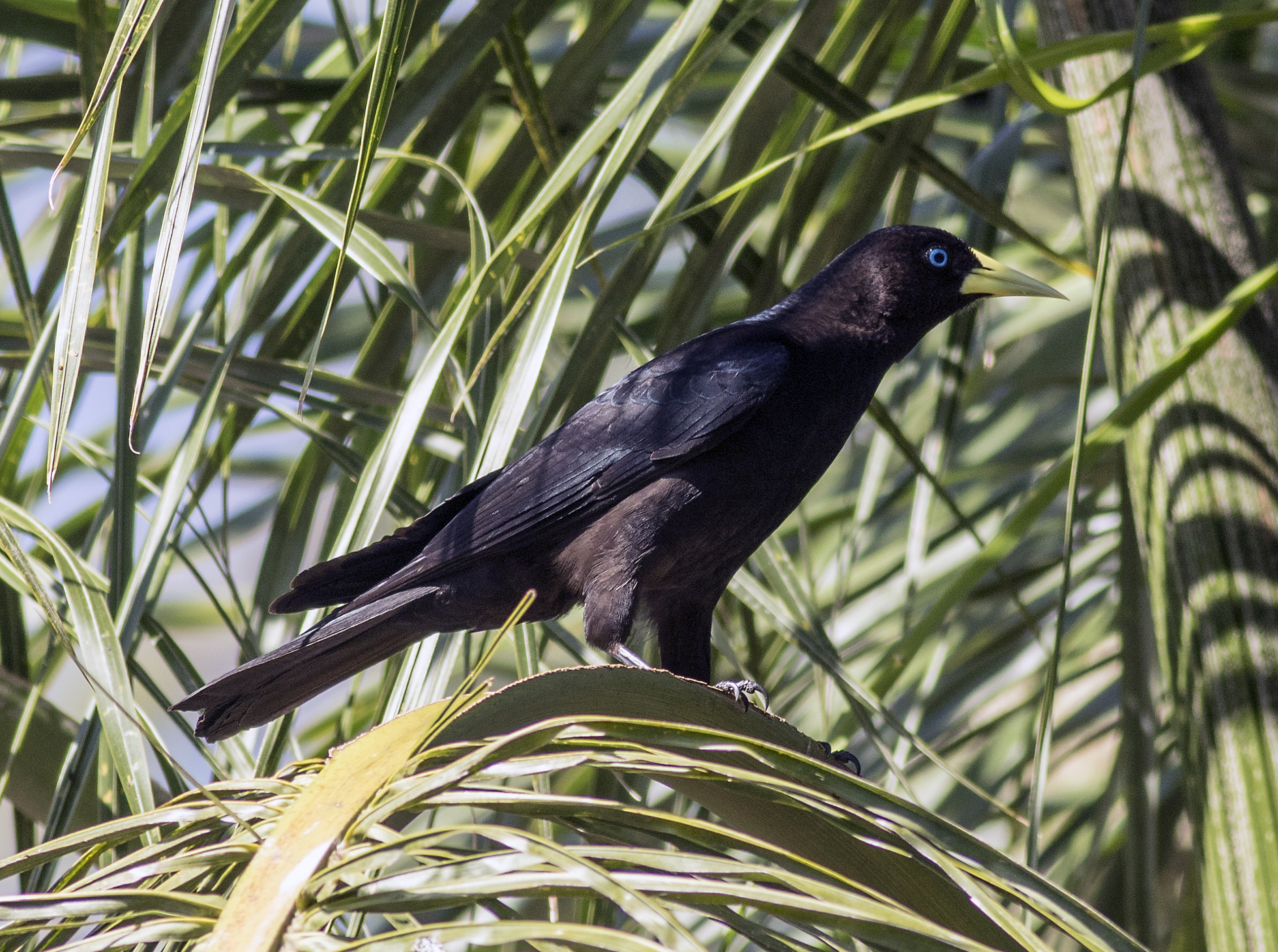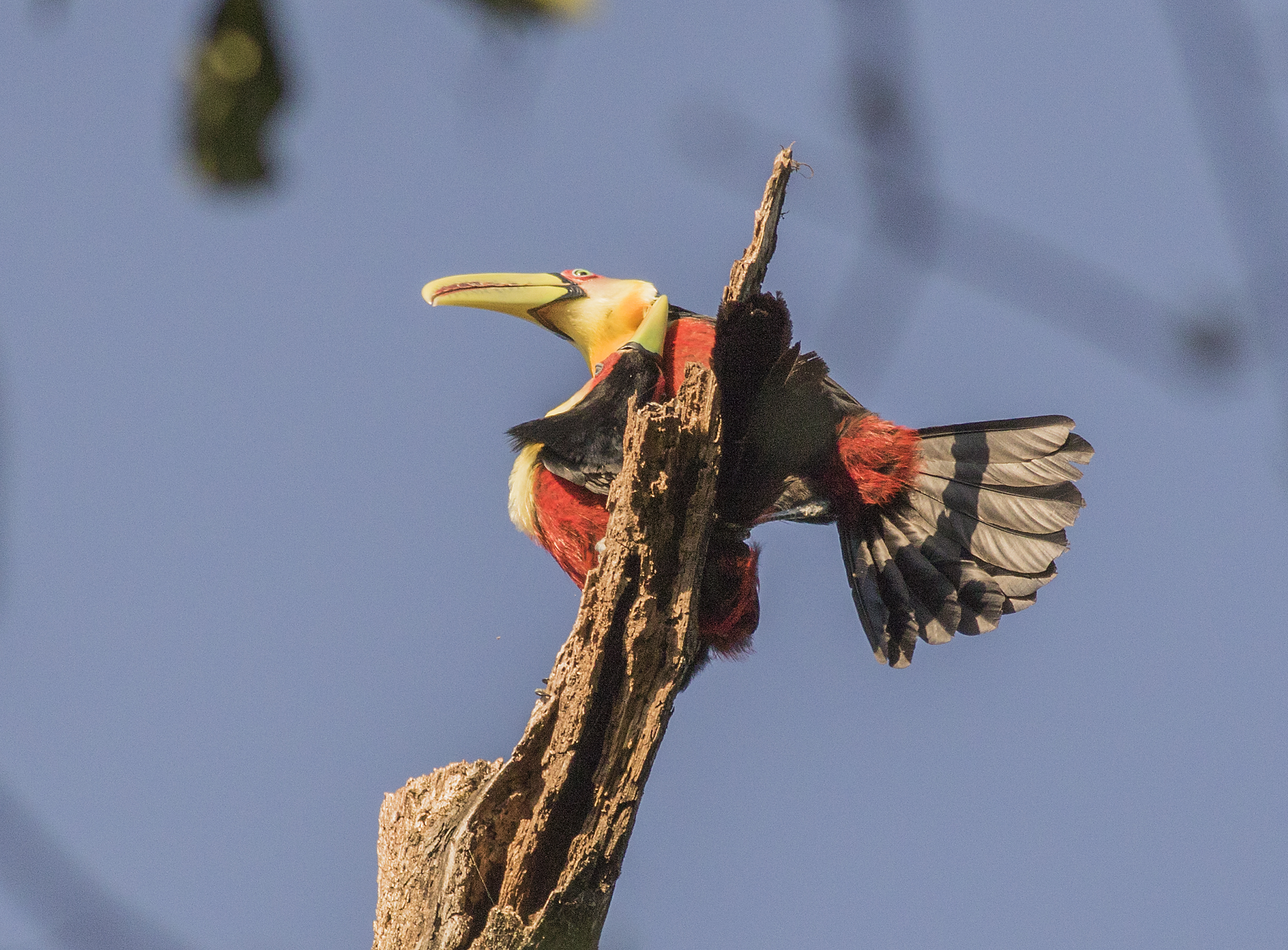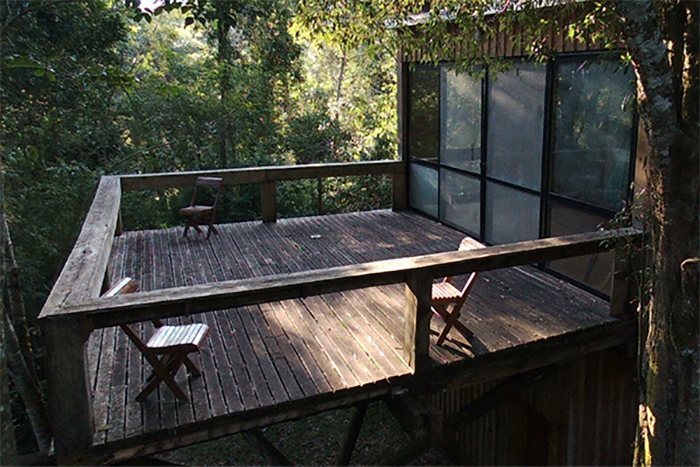Day 26: 12 September 2017 – Asunción to Laguna Capitán
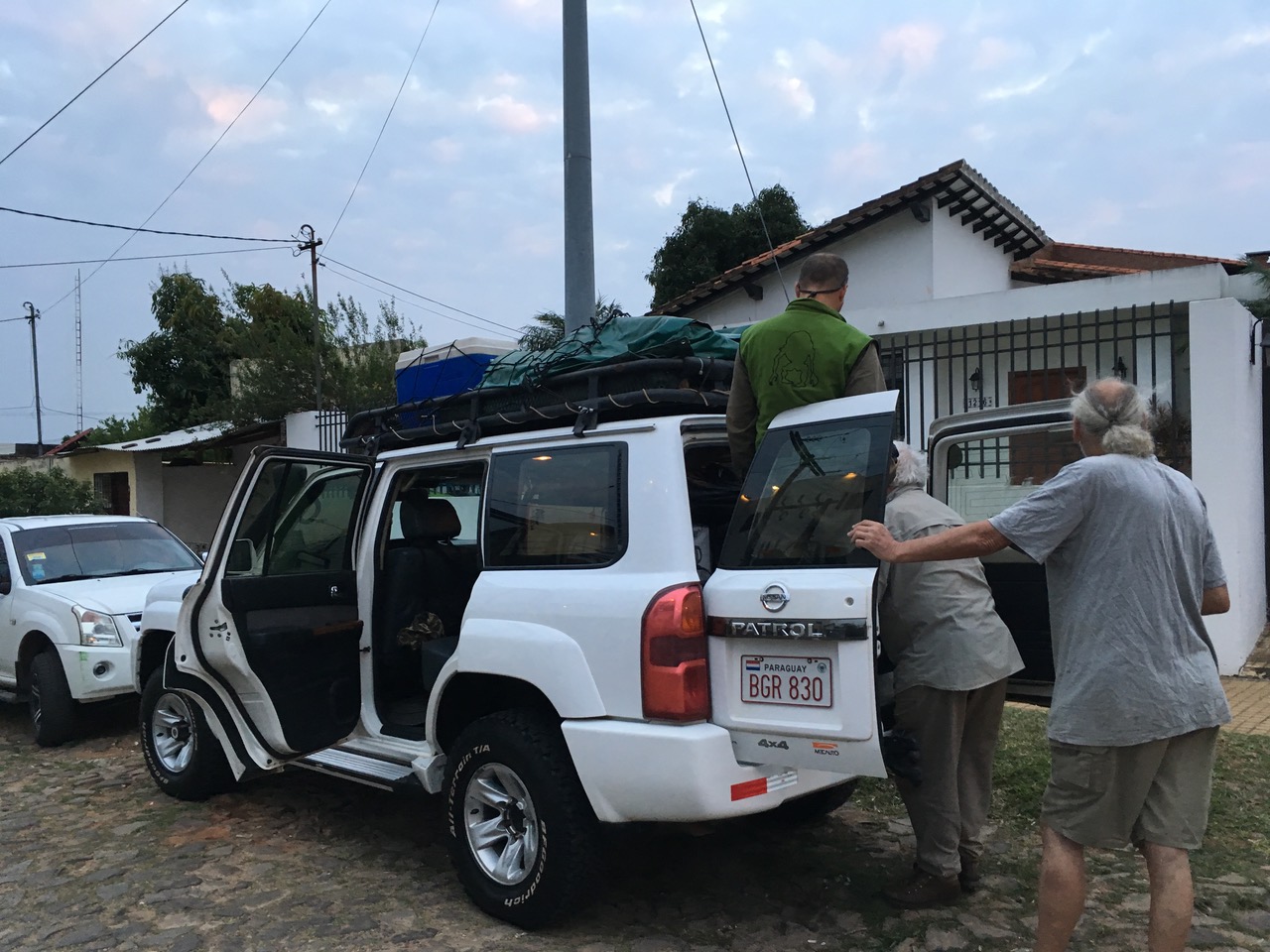
Loading up our vehicle for the next few days
Oscar picked us up on time and we were off by 6am. He was to be our guide for the next six days – an arrangement we had made in the UK a long time ago. He first drove us to a farm some 25km outside Asuncion, with woodland (palm trees too) and open grassland – very good birding.
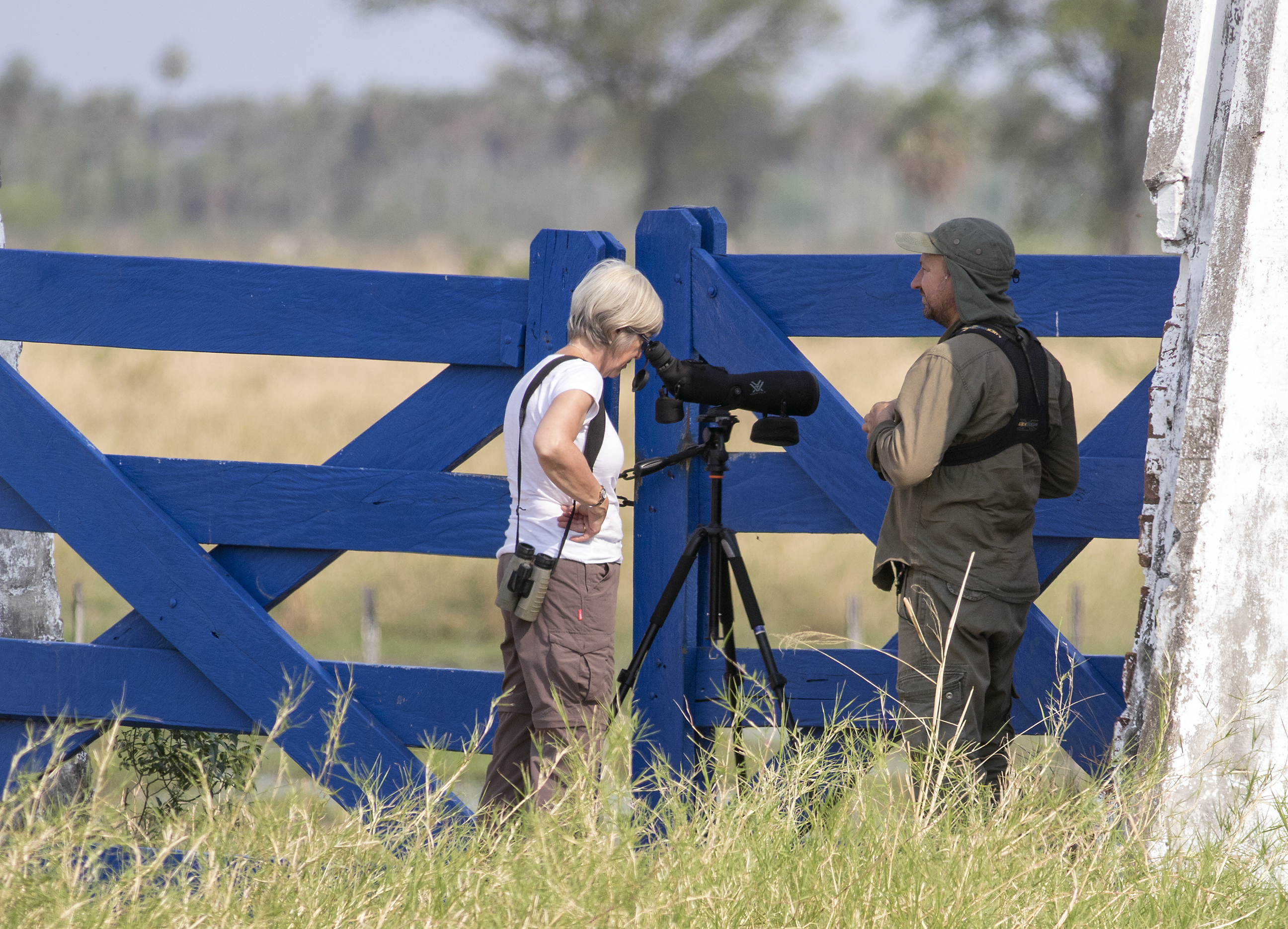
Caroline and Oscar using a spotting scope on one of our first stops
We then drove another 40 minutes or so away from Asunción, stopping at a reserve at the Estancia Golondrina, where we spent a couple of hours walking and photographing.
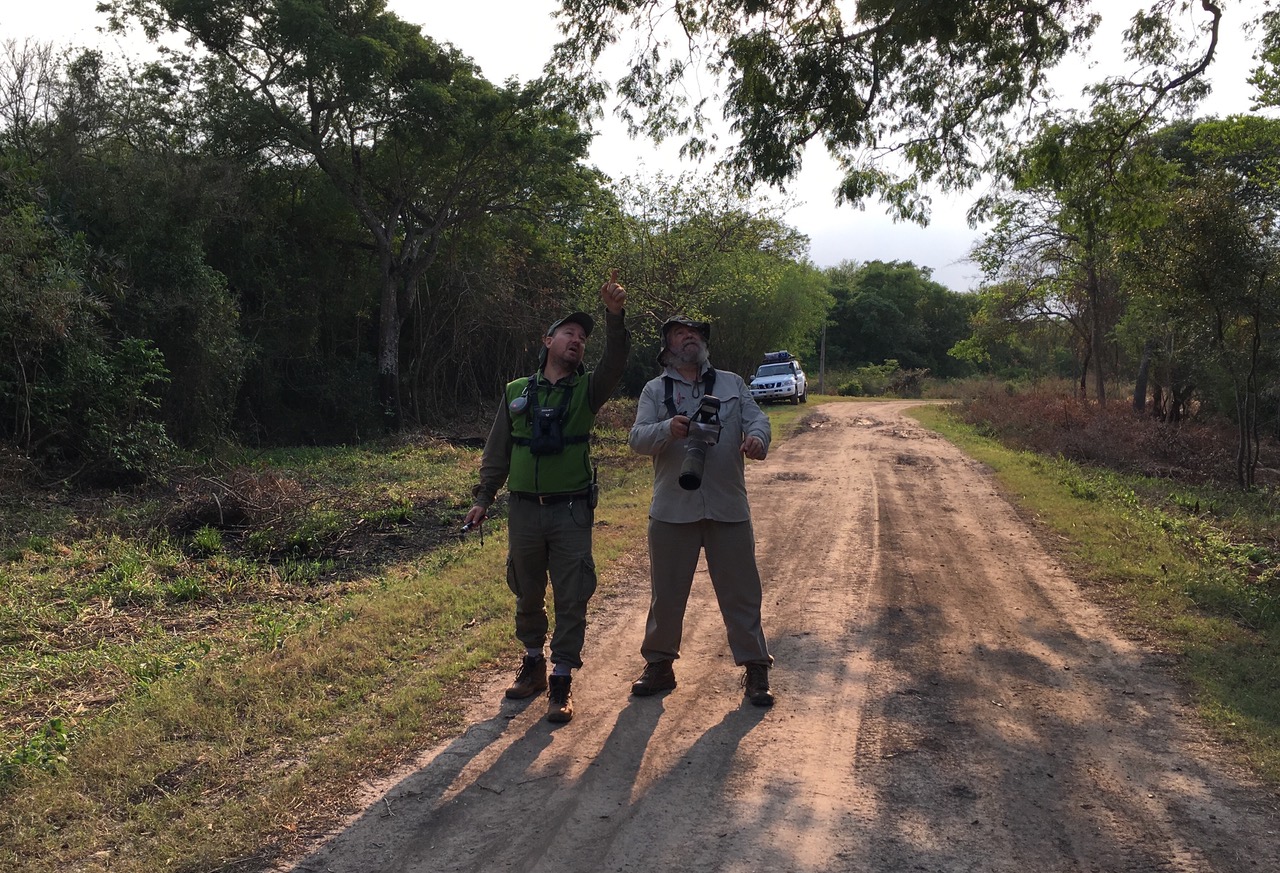
Martin and Oscar walking a trail at the Estancia Golondrina
We drove a further 200 km or so, stopping for lunch at a roadside eatery – very good food and welcome (Munich) cold beer. Set off again on Ruta 9, at this stage on good tarmac. This part of the humid Chaco is very flat and covered in course grass, palm trees (Copernicia Alba) and dotted with termite mounds.
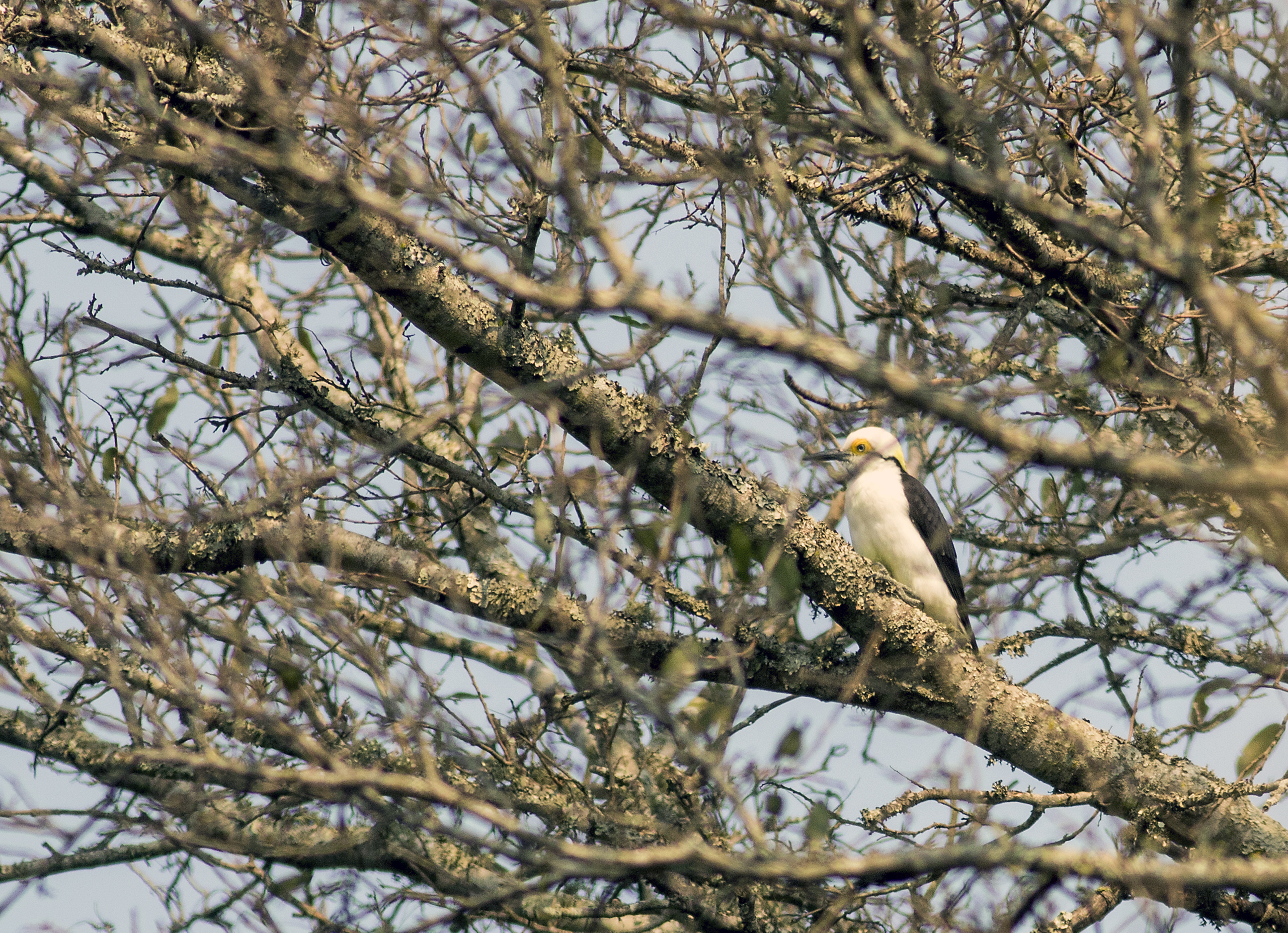
White woodpecker, a bird on my ‘must see’ list
Then on a while further, to where the road bordered wetlands and we spotted some Cayman; again an excellent variety of birds.
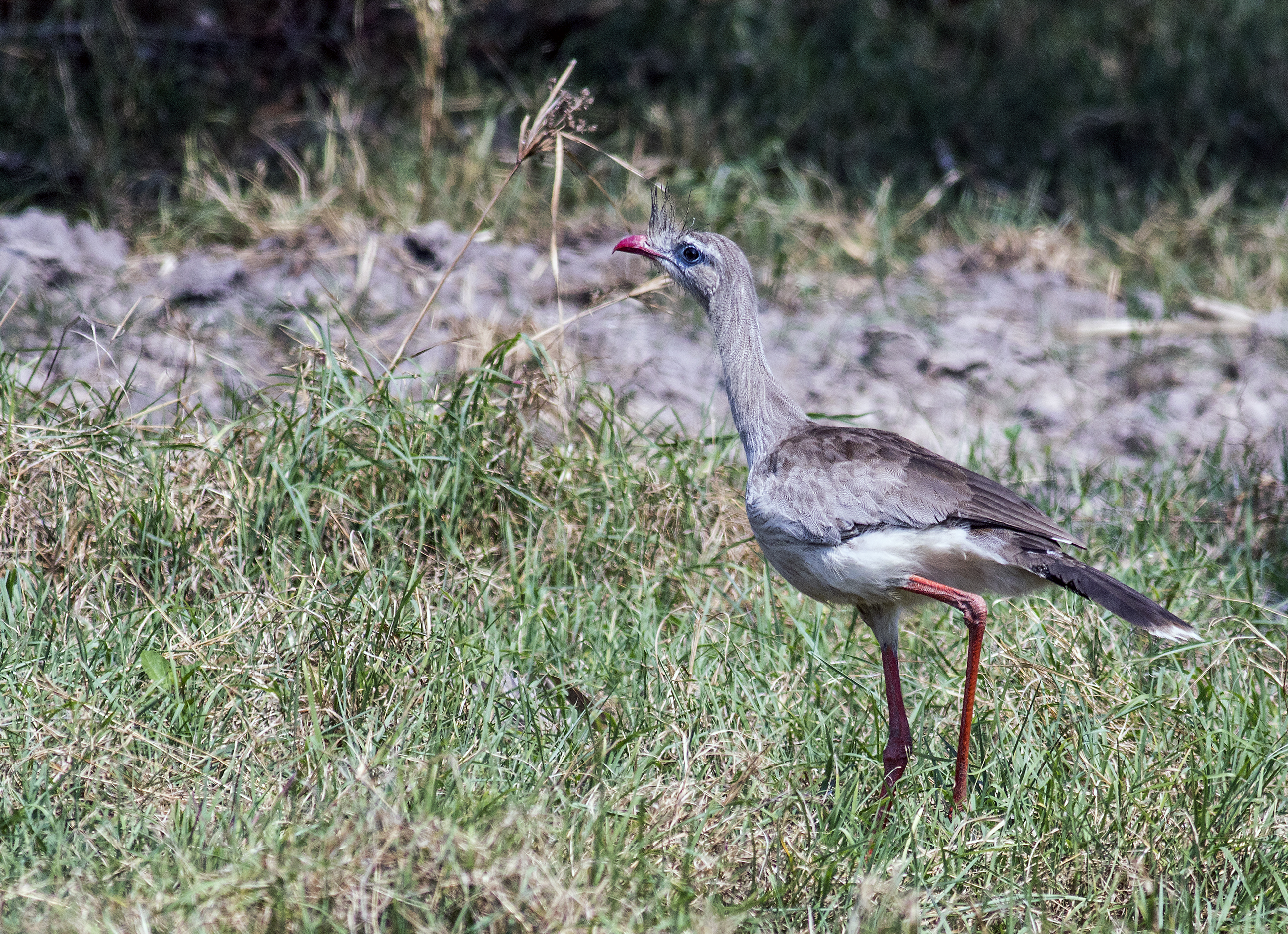
Red-legged seriema, a bird you don’t want to mess with
We noticed frequent drunken palo borracho trees by the side of road, which reminded me of Gerald Durrell’s book ‘The Drunken Forest’ which I had re-read before starting the trip. (Caroline read it as soon as she got home!). We were later to meet people who had met and remembered Durrell, and even follow some of his footsteps.
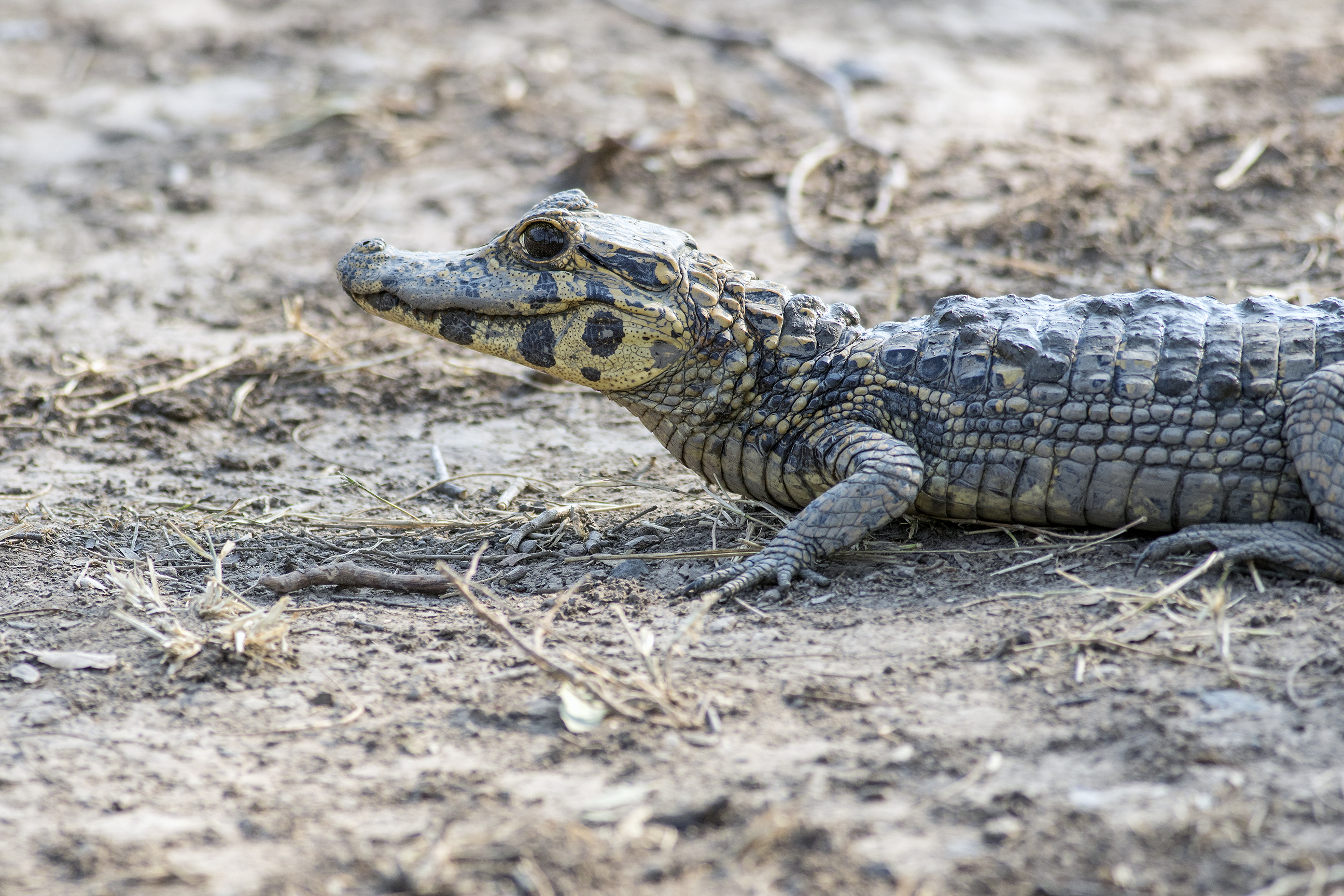
Baby caiman crossing the road …
Stopped briefly at a farm where we met ‘Beryl’, a lady from Kent in her 70s or thereabouts who had come out to Paraguay 40 years ago as an Anglican missionary. We saw a baby caiman sauntering along the driveway here; she said there were other wild animals on the farm and invited us to stop there on the way back. (We did, but she wasn’t there).
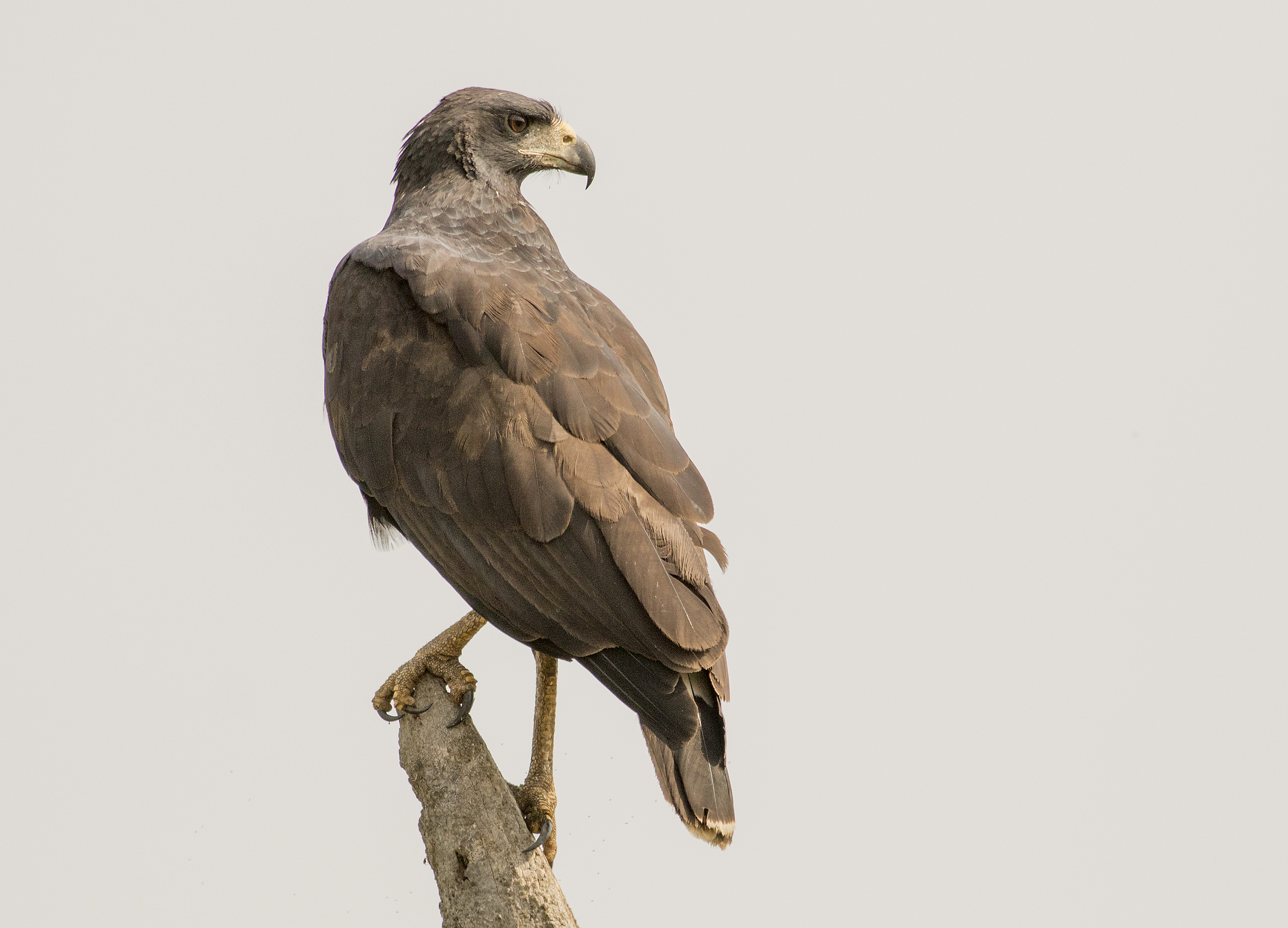
Juvenile Great Black Hawk, looking for road kill …
Lots of roadkill on the highway, including anteaters of different sizes, and consequently plenty of hawks and other raptors around.
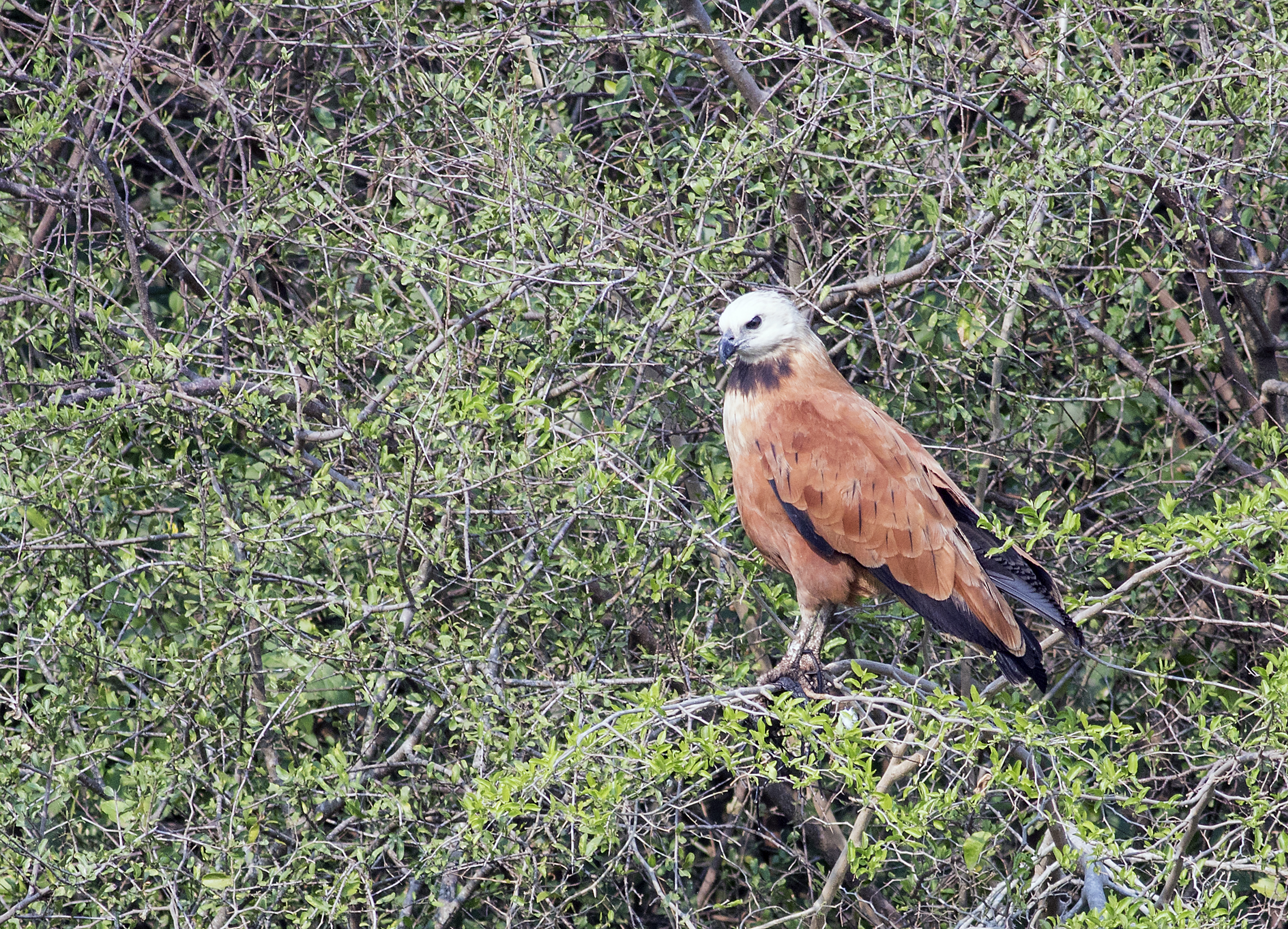
… and nearby, with similar intentions, a Savannah Hawk
Drove some 400kms in all with the road gradually deteriorating into frequent craters. It is apparently known to the locals as ‘moon highway’!
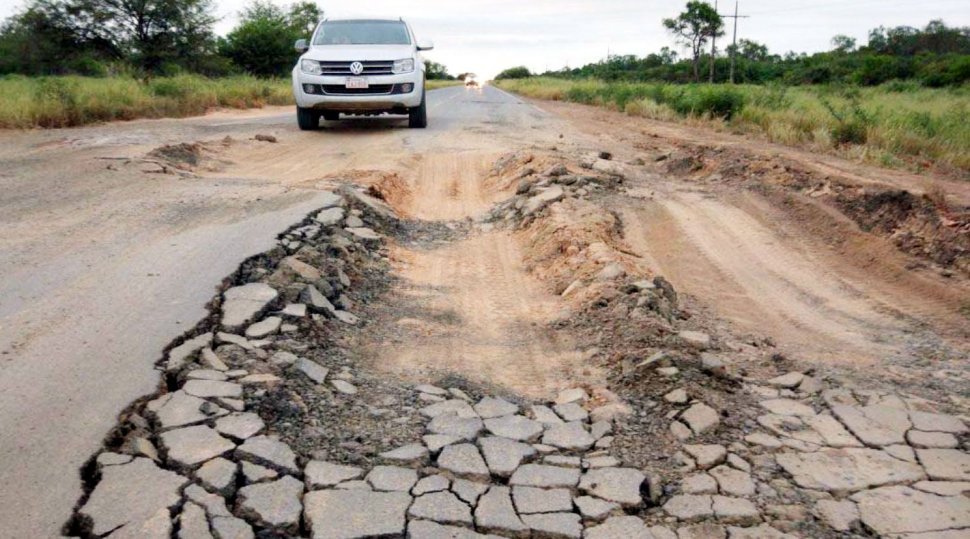
The Ruta 9 can become less than wonderful with little warning
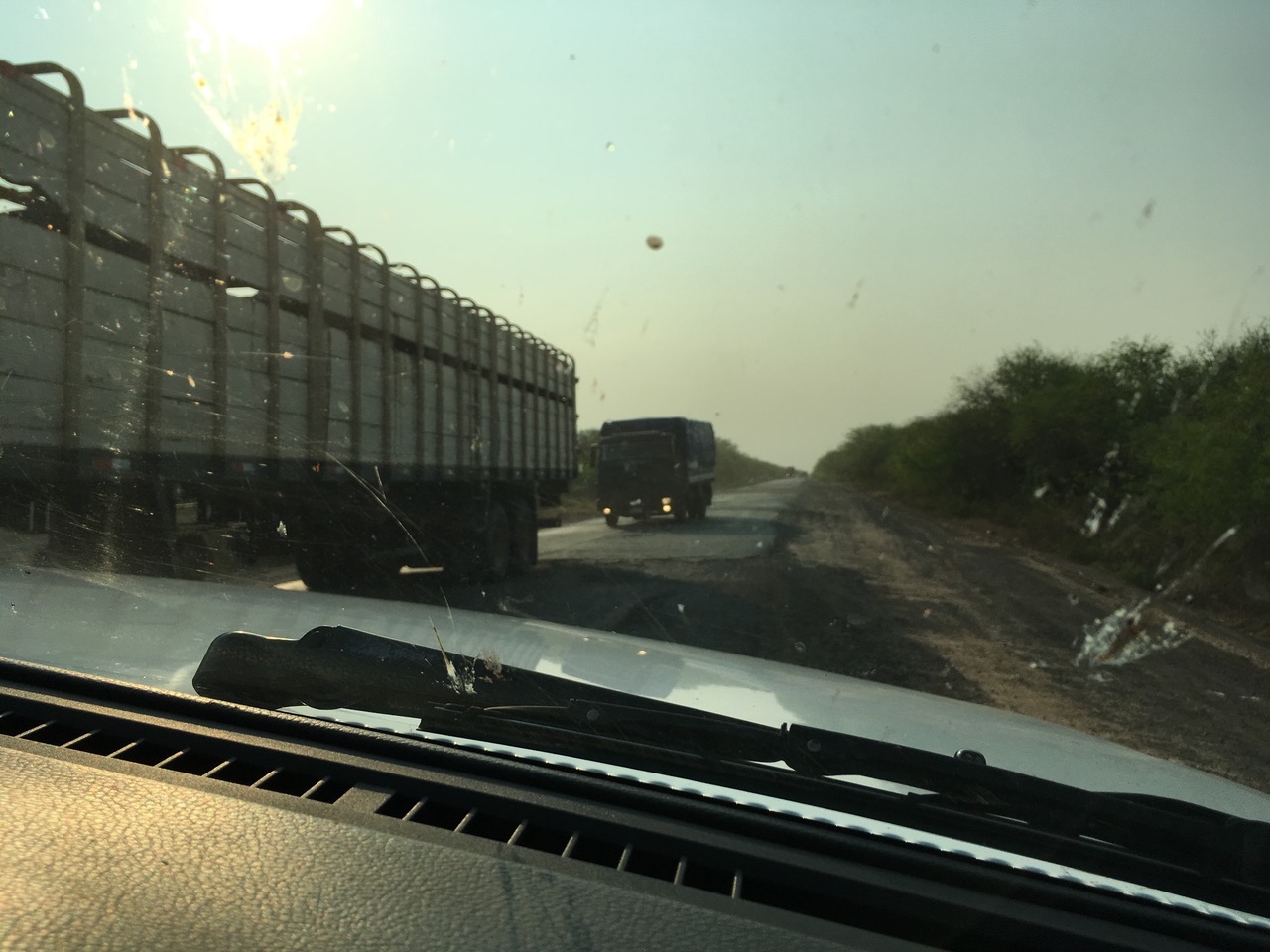
Most of the traffic is heavy trucks, which are hard on the road surface
We eventually reached our destination: Laguna Capitan, a ‘camp’ that Oscar had previously used for educational visits (he works a lot with schools). It was clean, well built, fully functional but somewhat Spartan – a huge, tile floored room with no furniture at all other than beds and a couple of hooks on the wall to hang clothes. Communication with the Mennonite couple who seemed to be the caretakers was a little uncomfortable too; they seemed a little taken back when we asked for towels, etc. but did eventually find some.
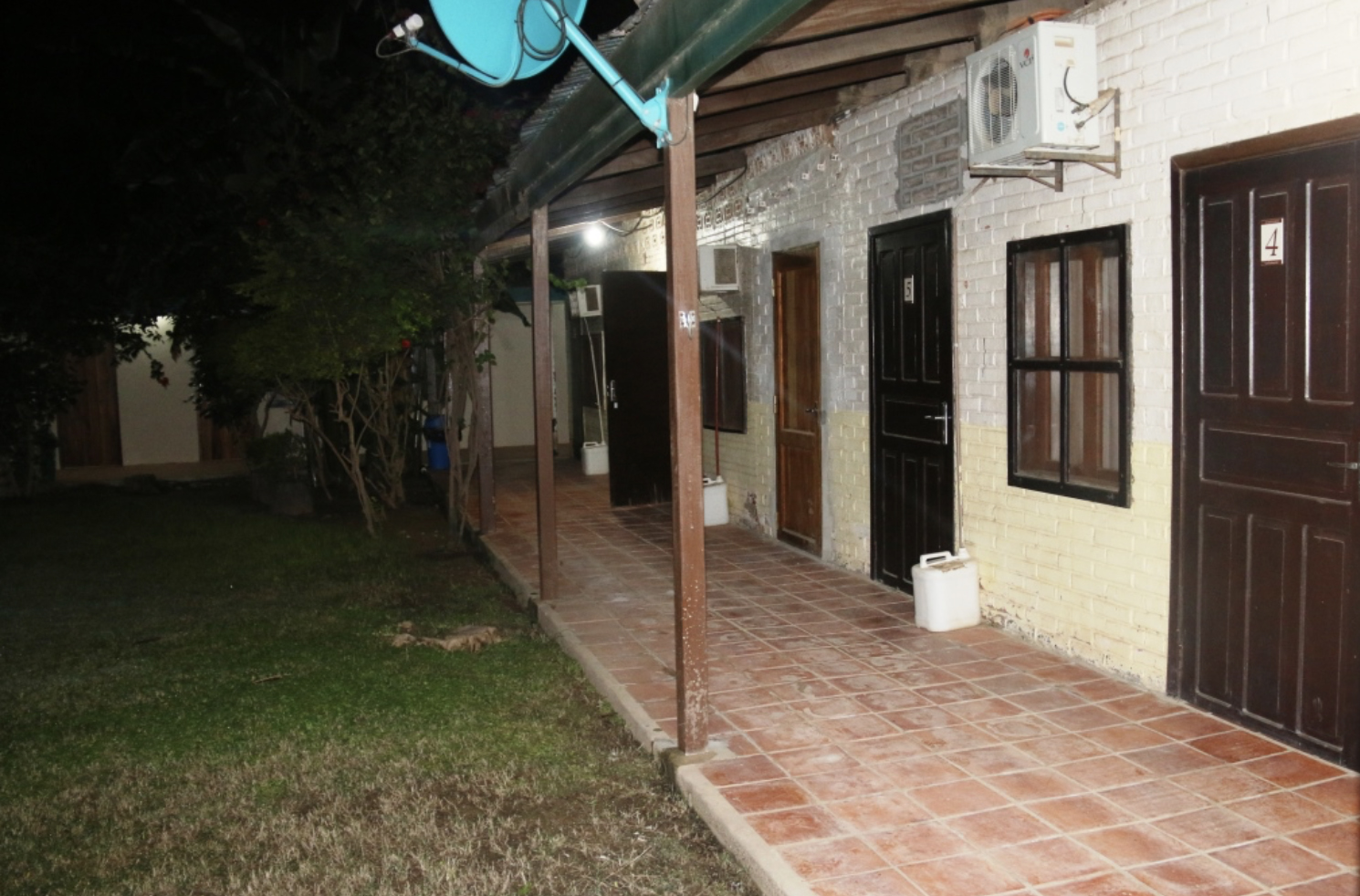
Our rooms in the camp at Laguna Capitán
We were travelling with a ‘cook’: an entomologist friend of Oscar’s, Ulf Drechsel, (who has a fascinating insect and wildlife website). A German, but he has been in Paraguay for some forty interesting years, as he was to tell us over not a few Munich beers.
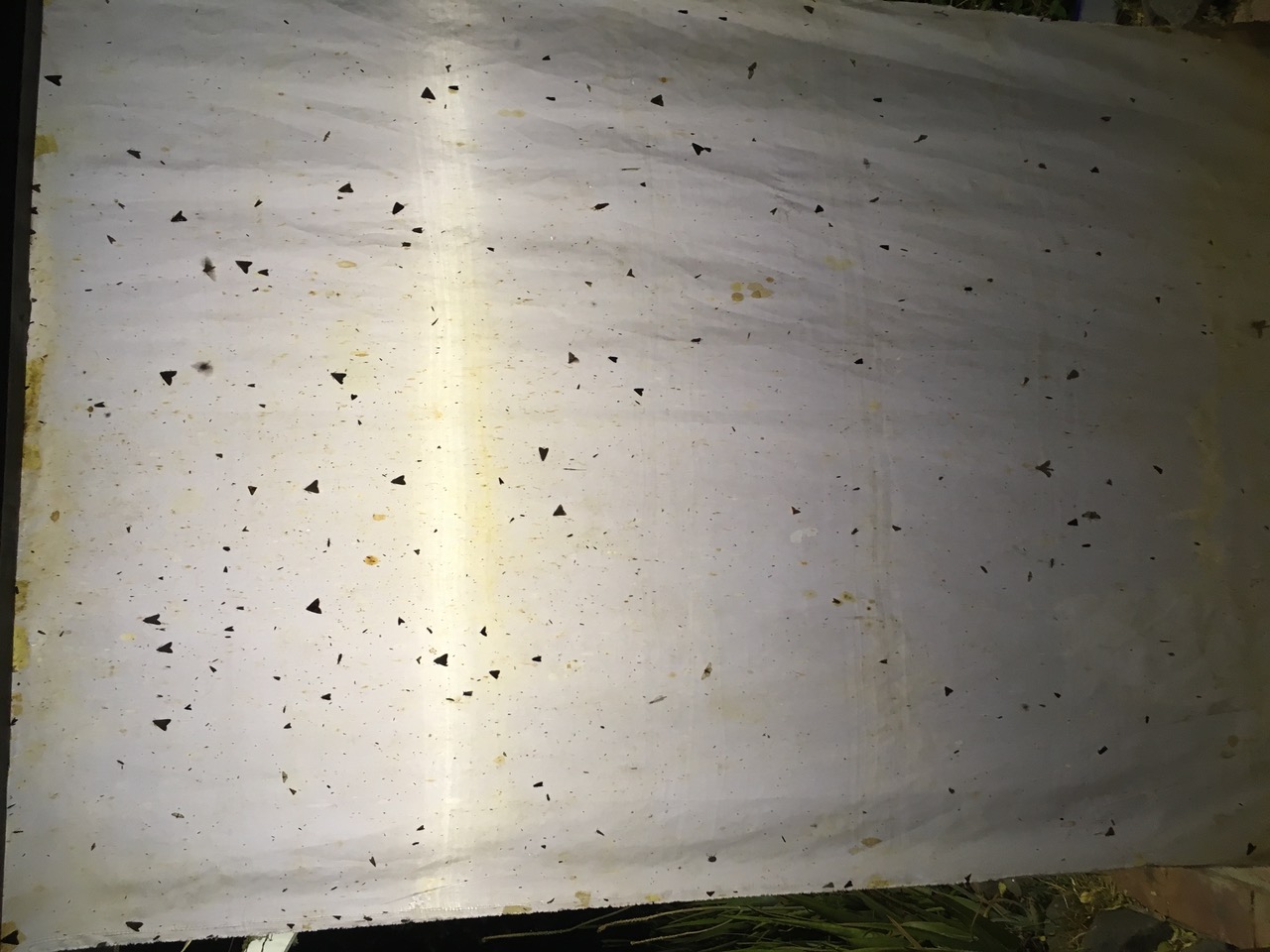
Ulf’s nightly moth curtain – which he studiously attended and inspected
After setting his moth traps –a nightly ritual– Ulf prepared a superb evening meal of fish, rice and salad; good food, solid and tasty, washed down with good beer. Relaxing under the tropical stars reminded me that this is what travelling is about. Unfortunately, Caroline had to go early to bed with a migraine so missed out on the beers, but she’ll catch up another time!
.

